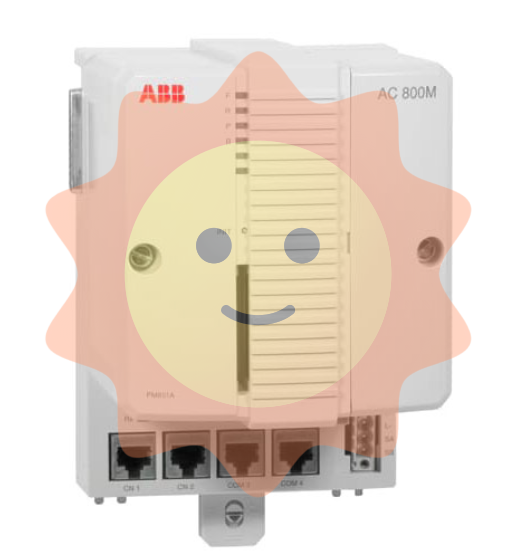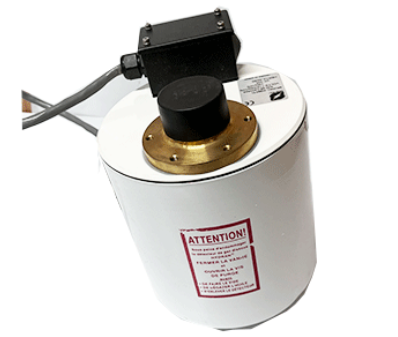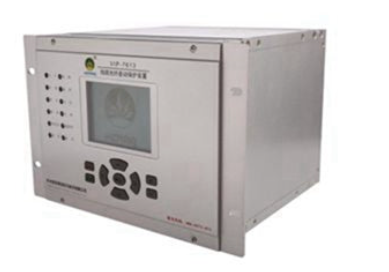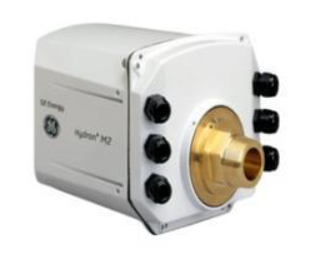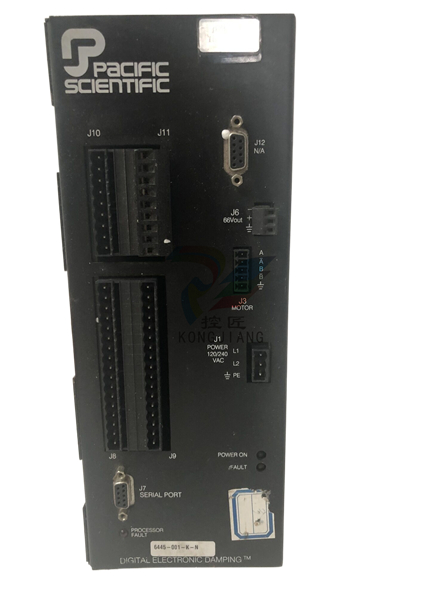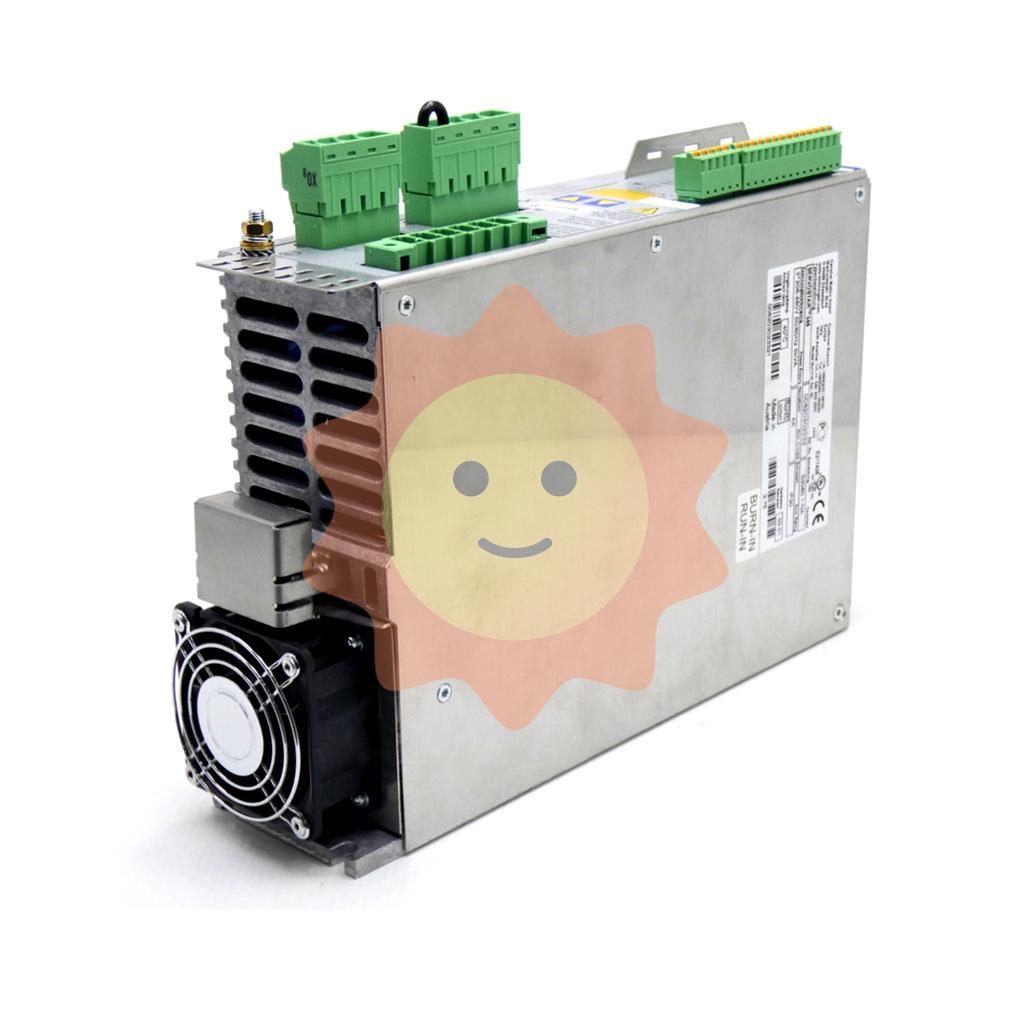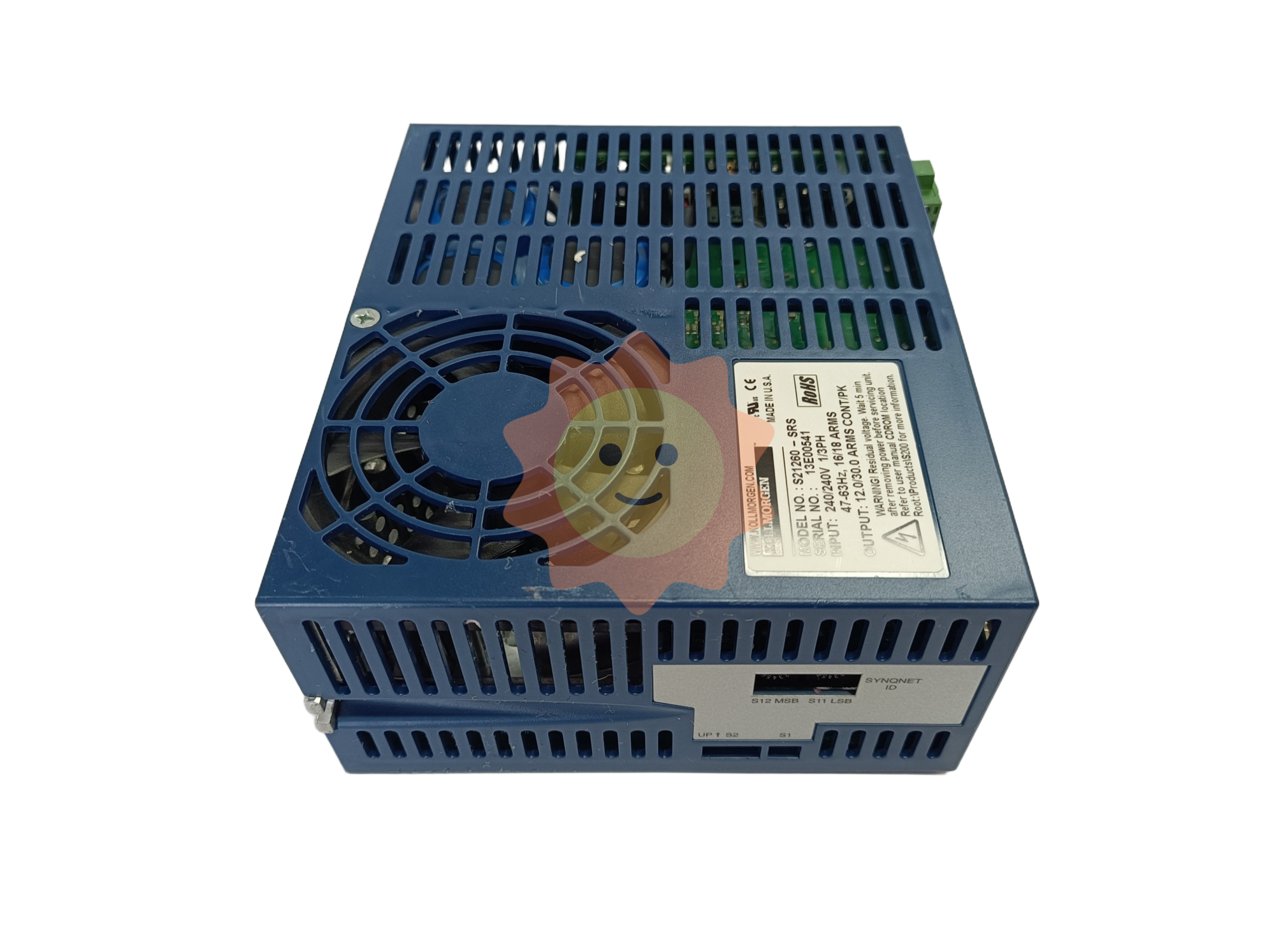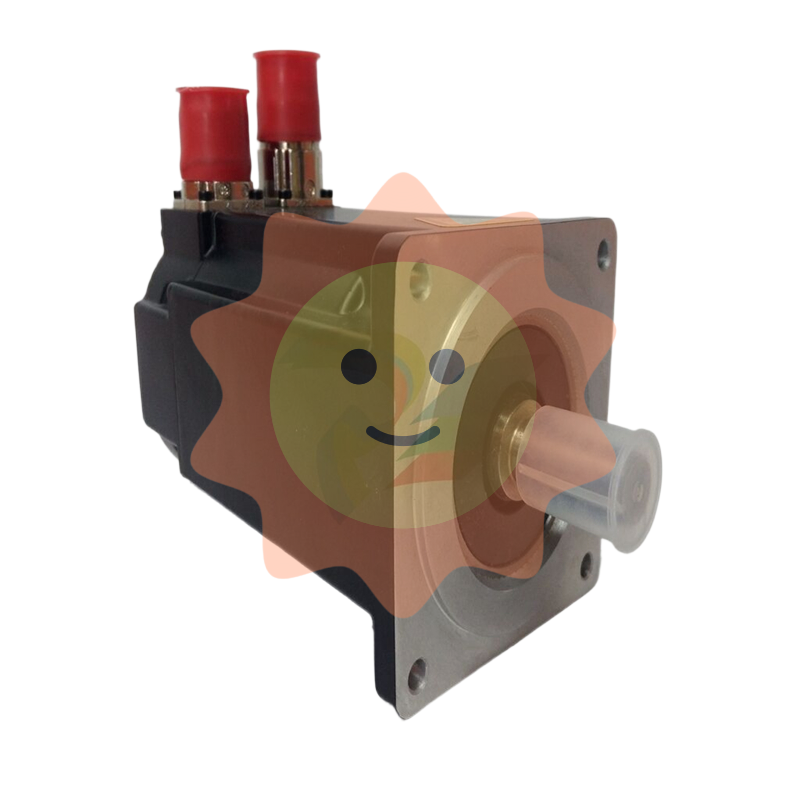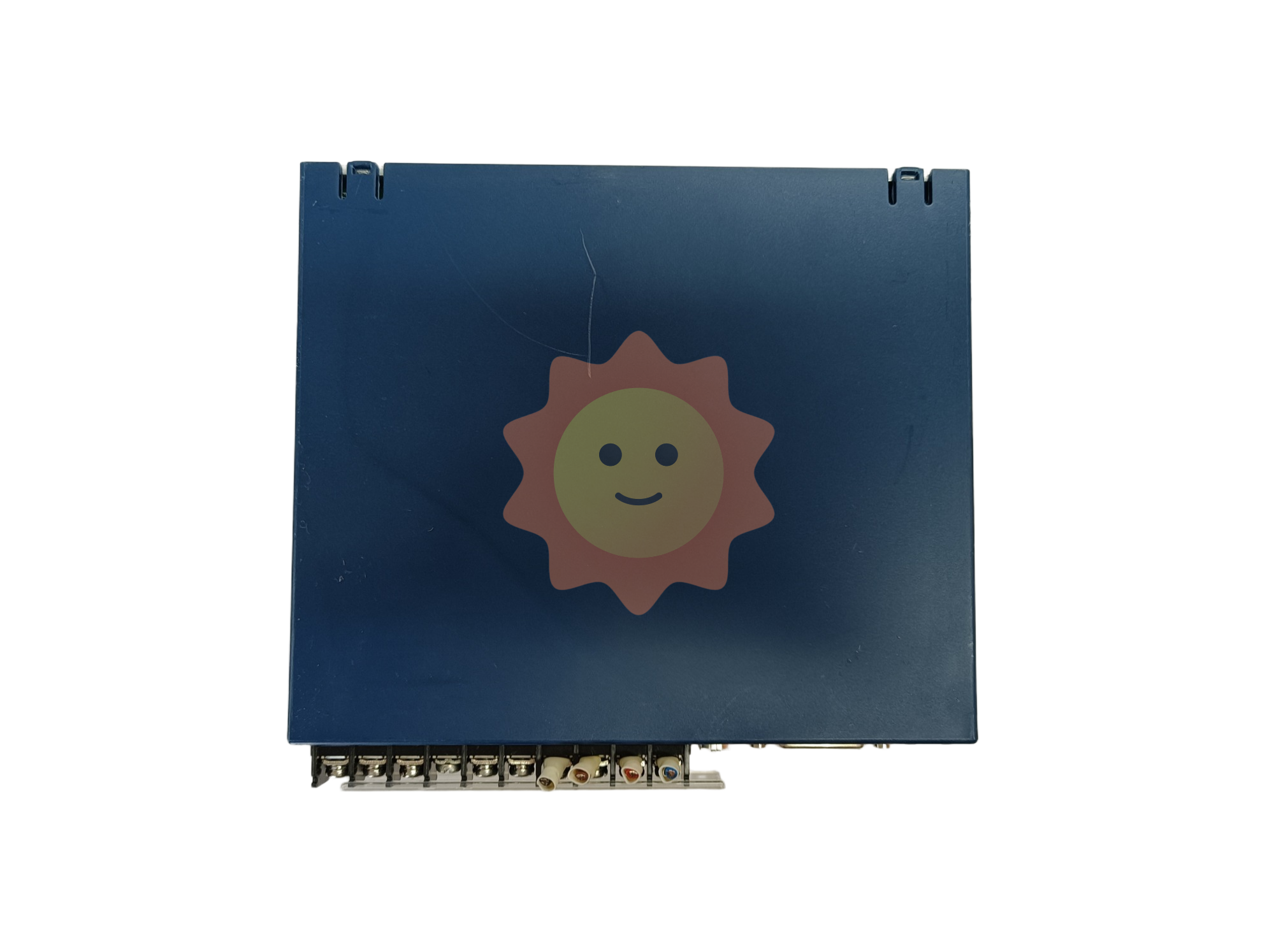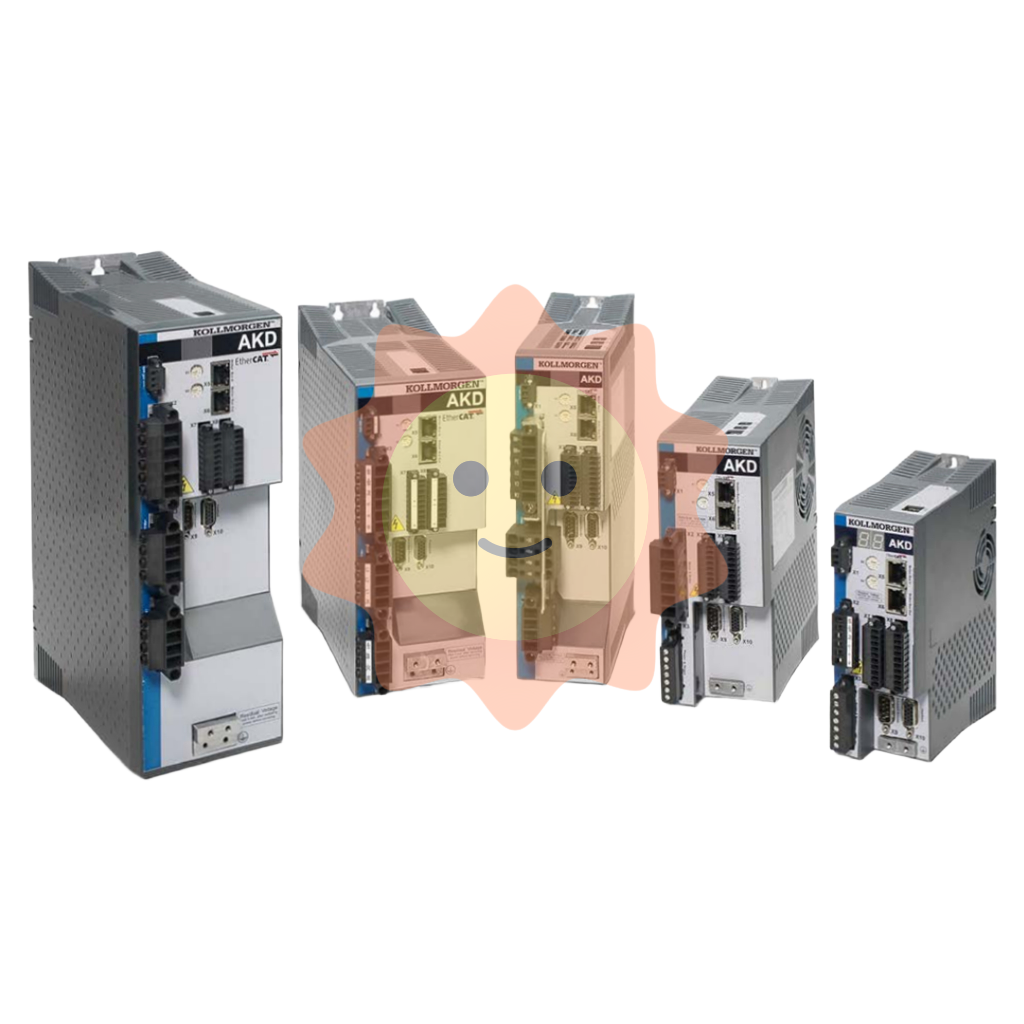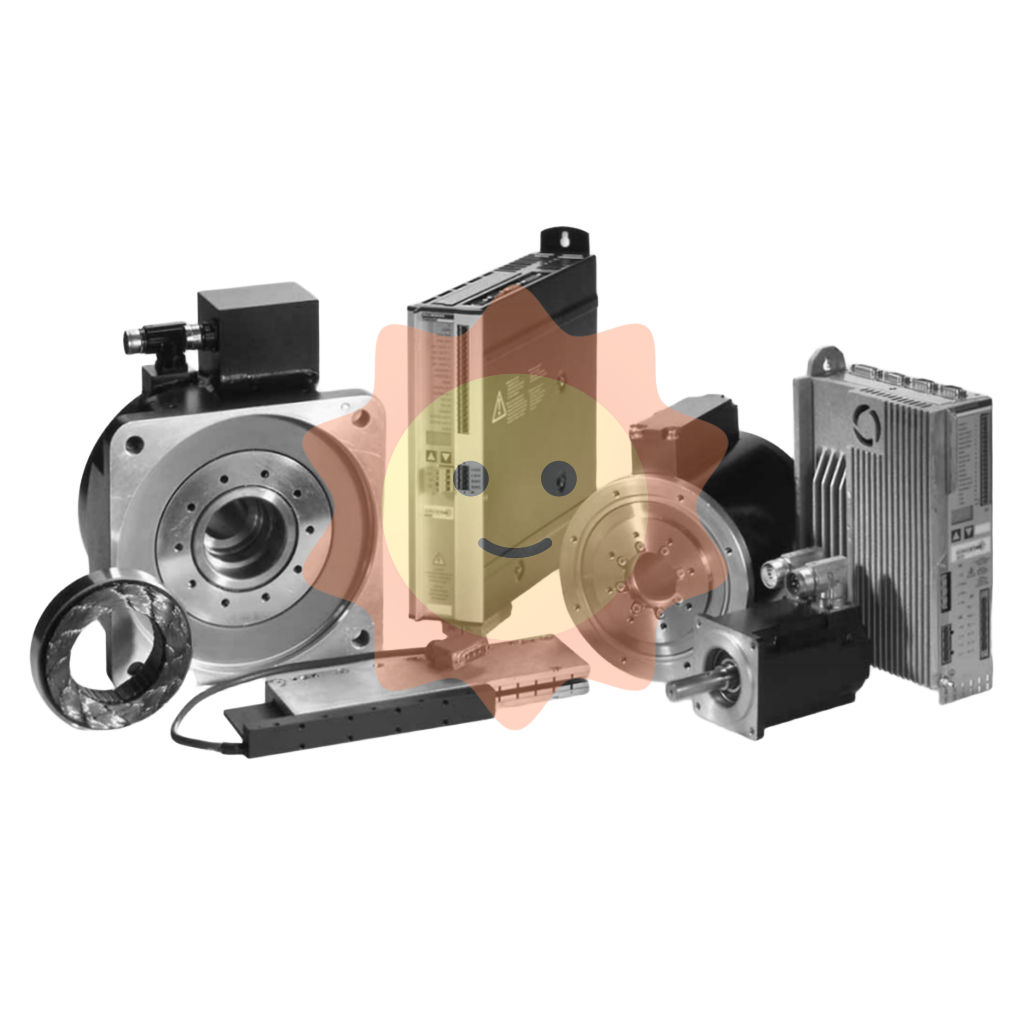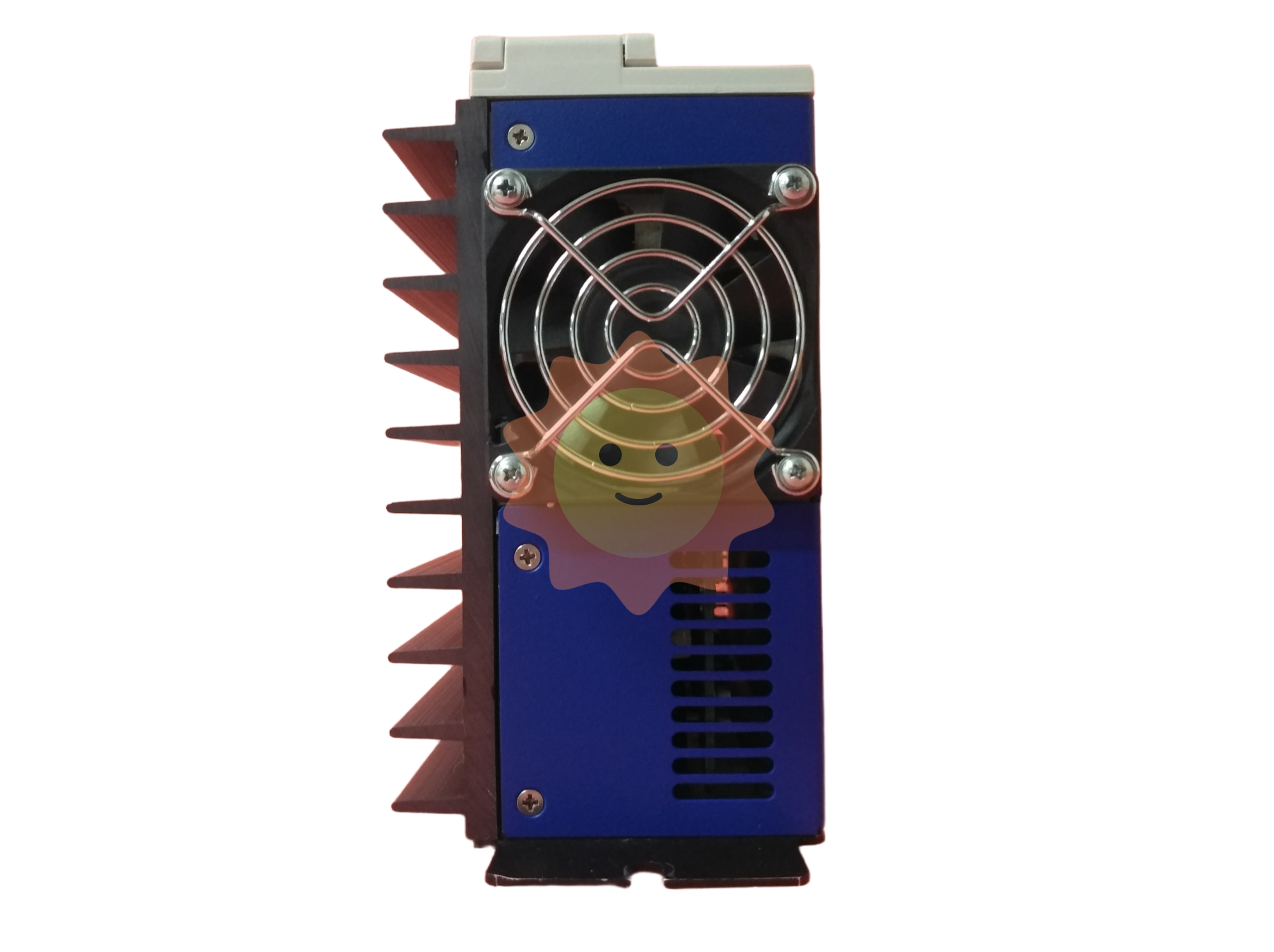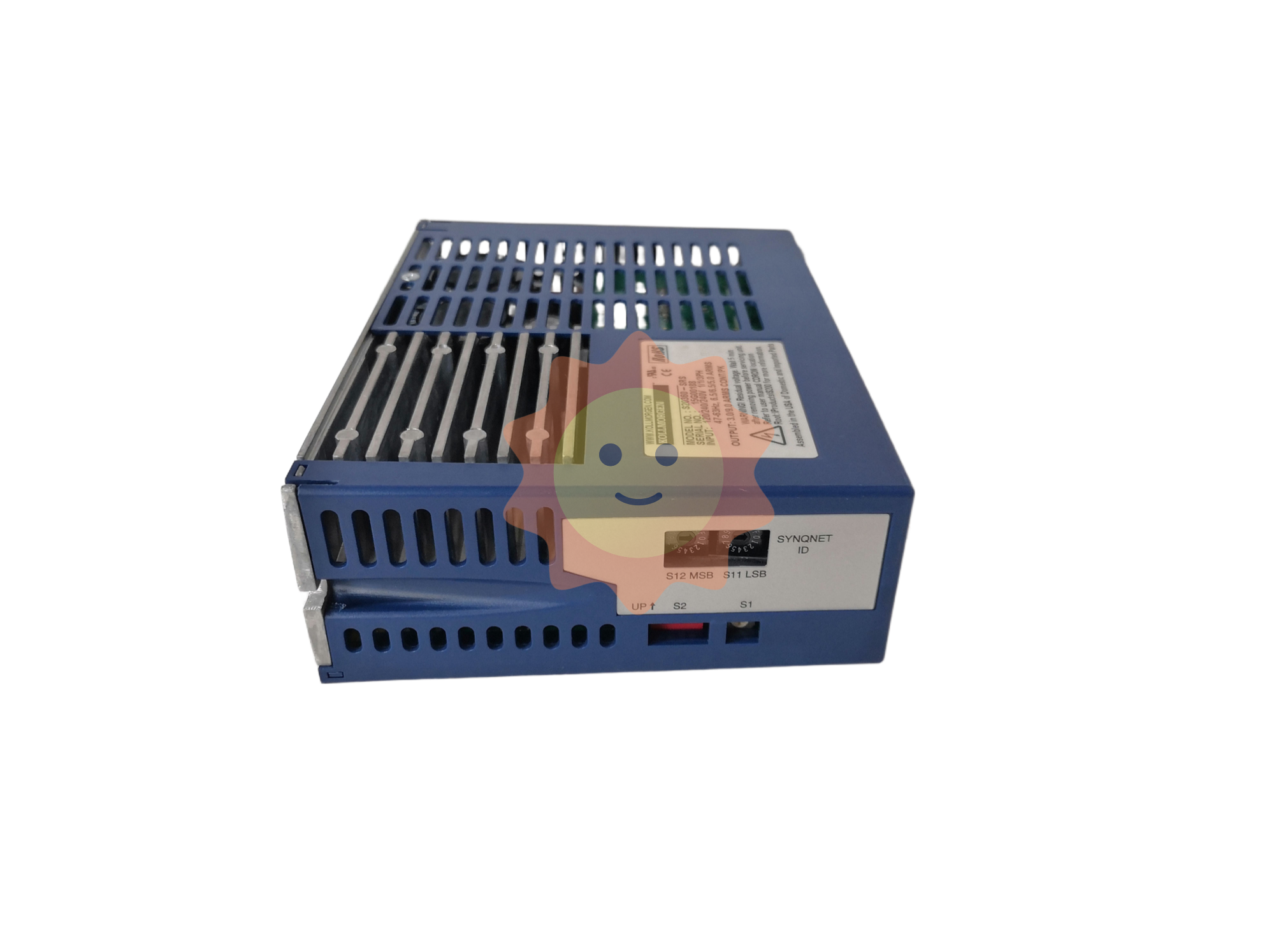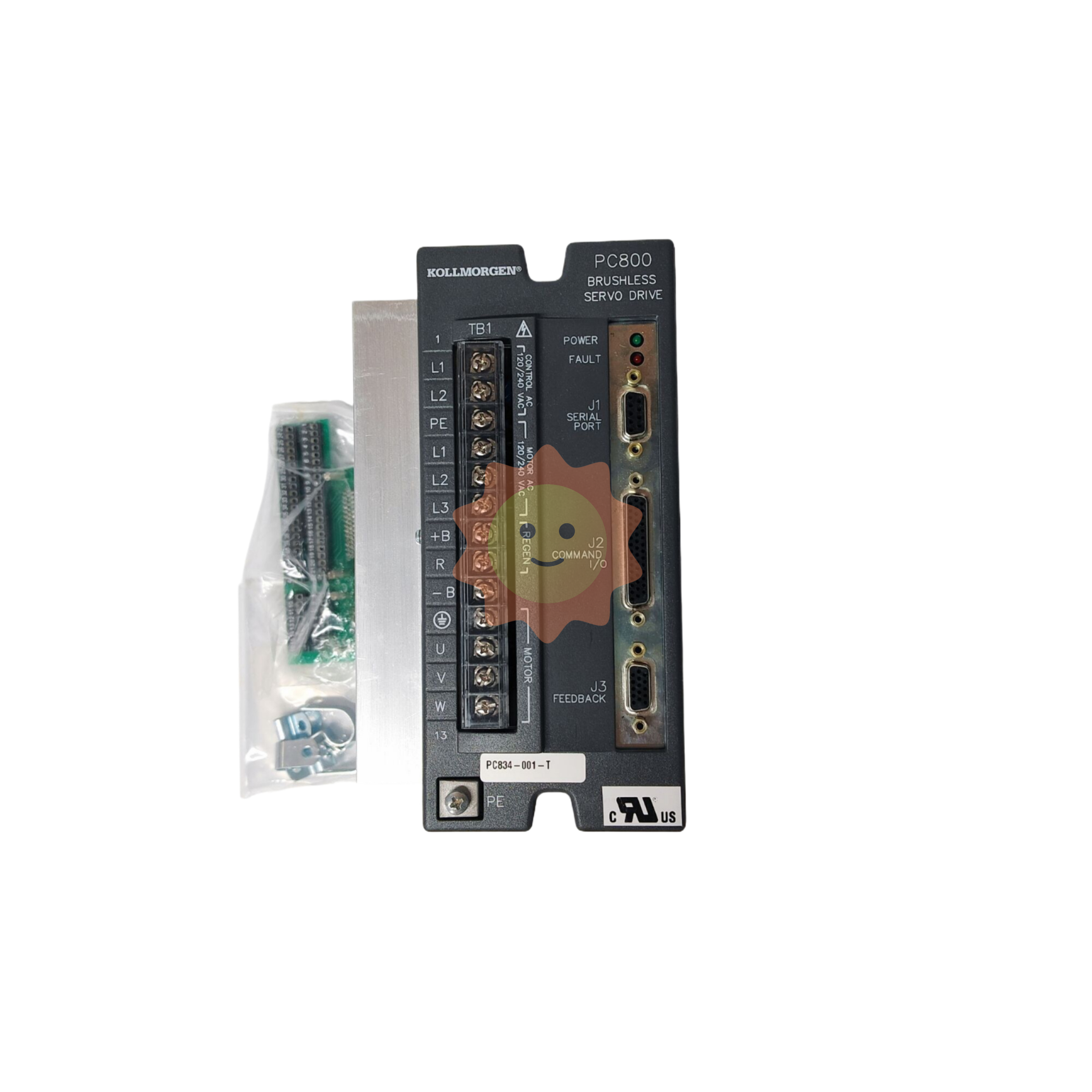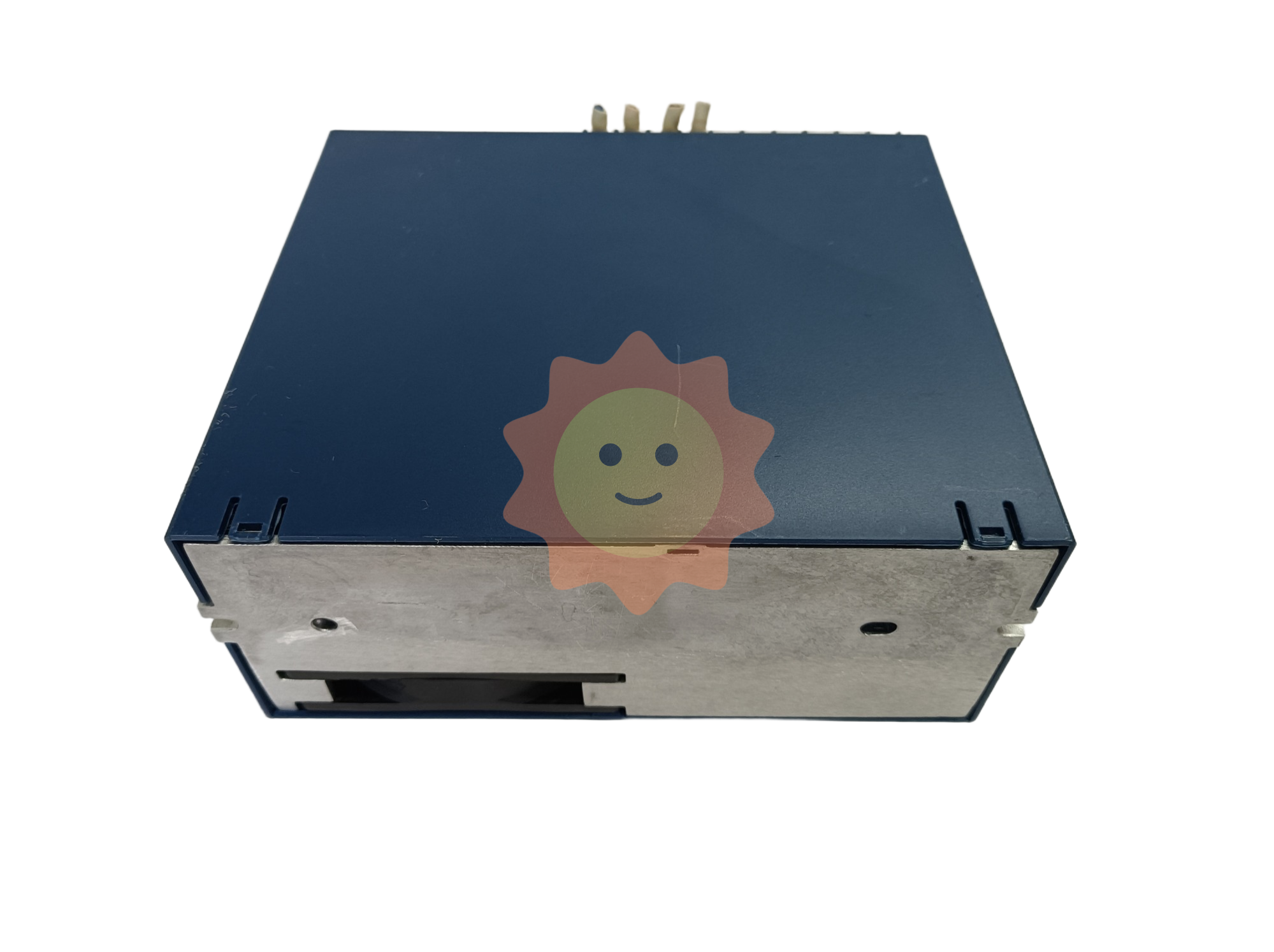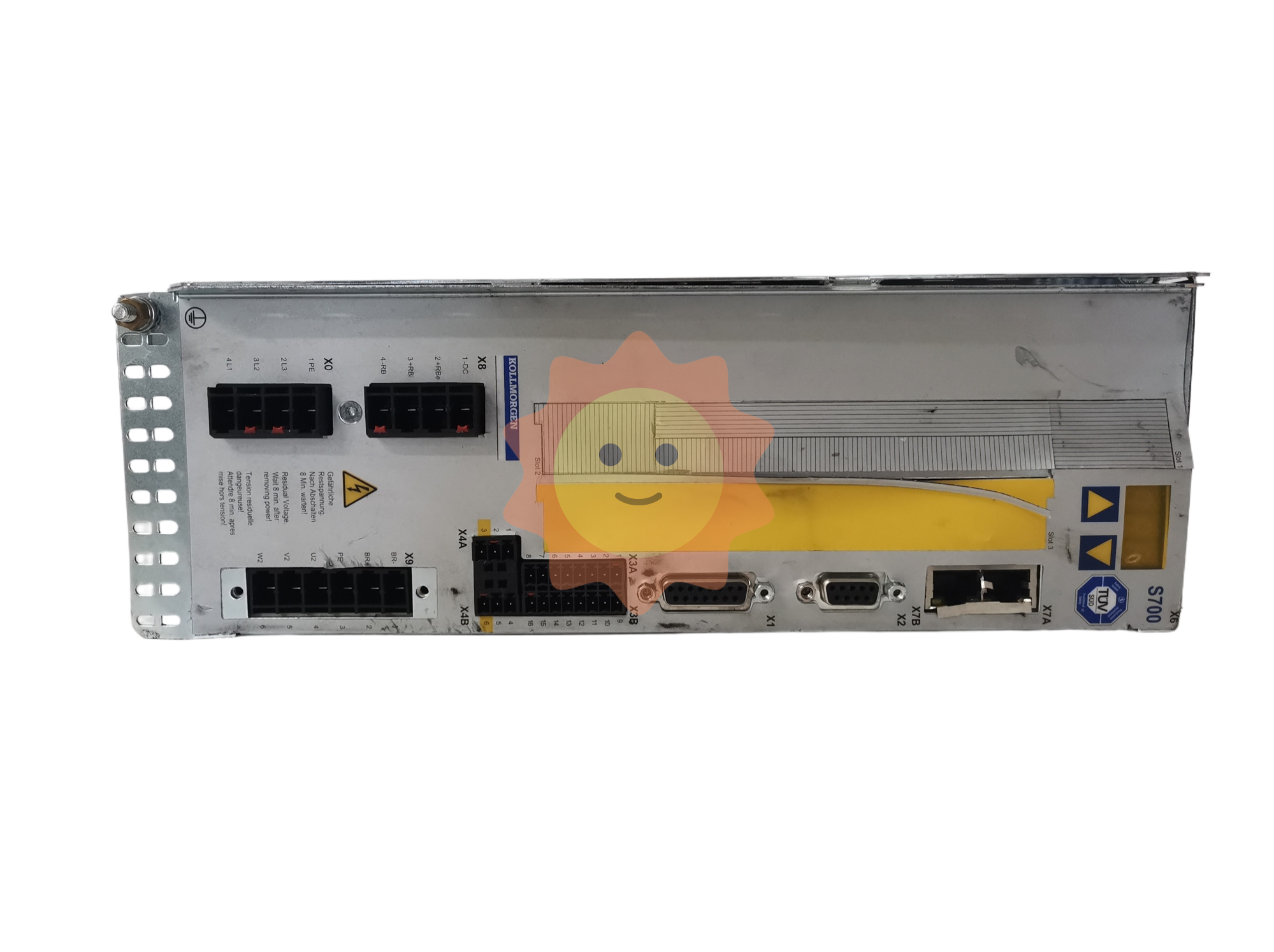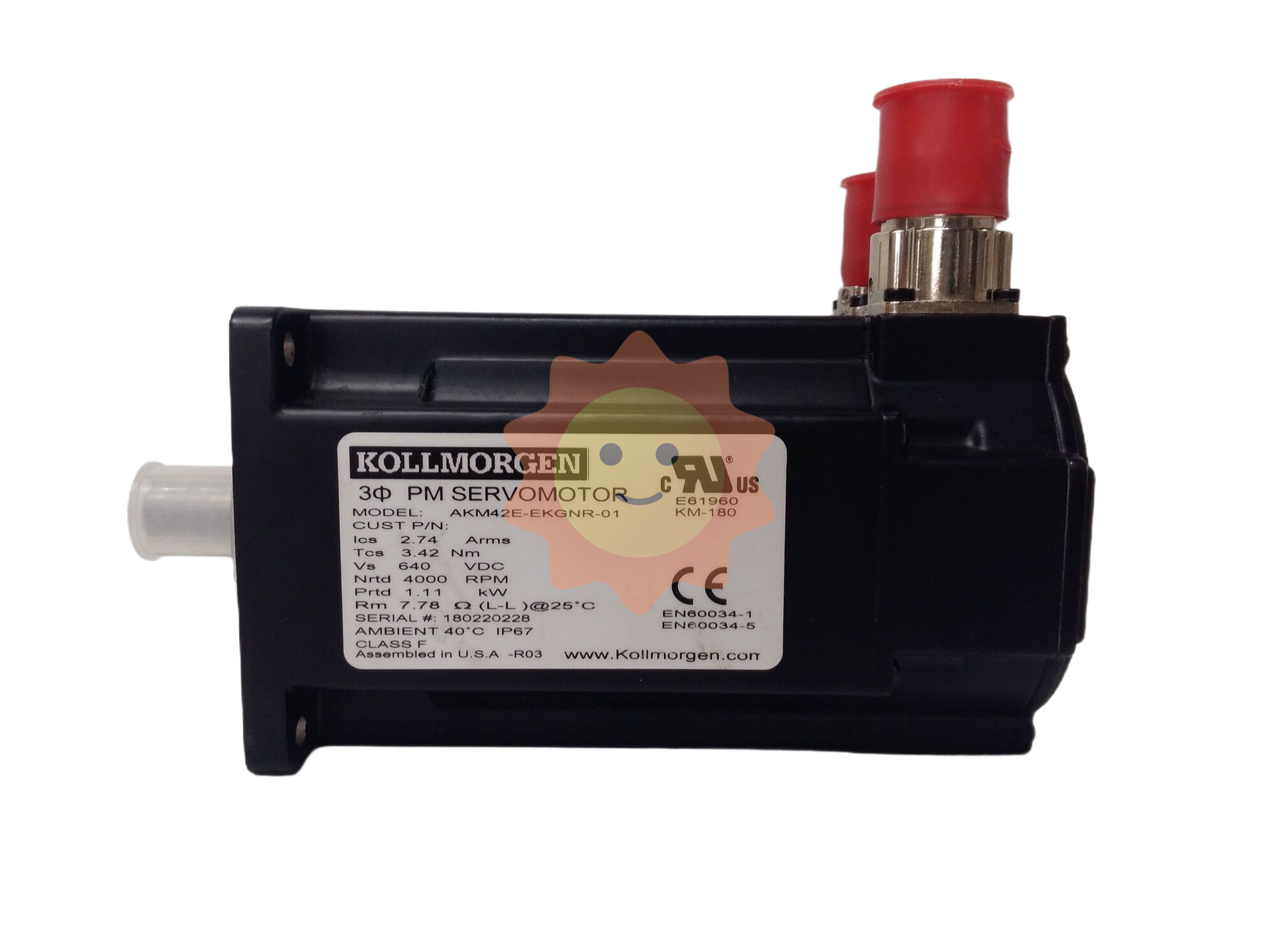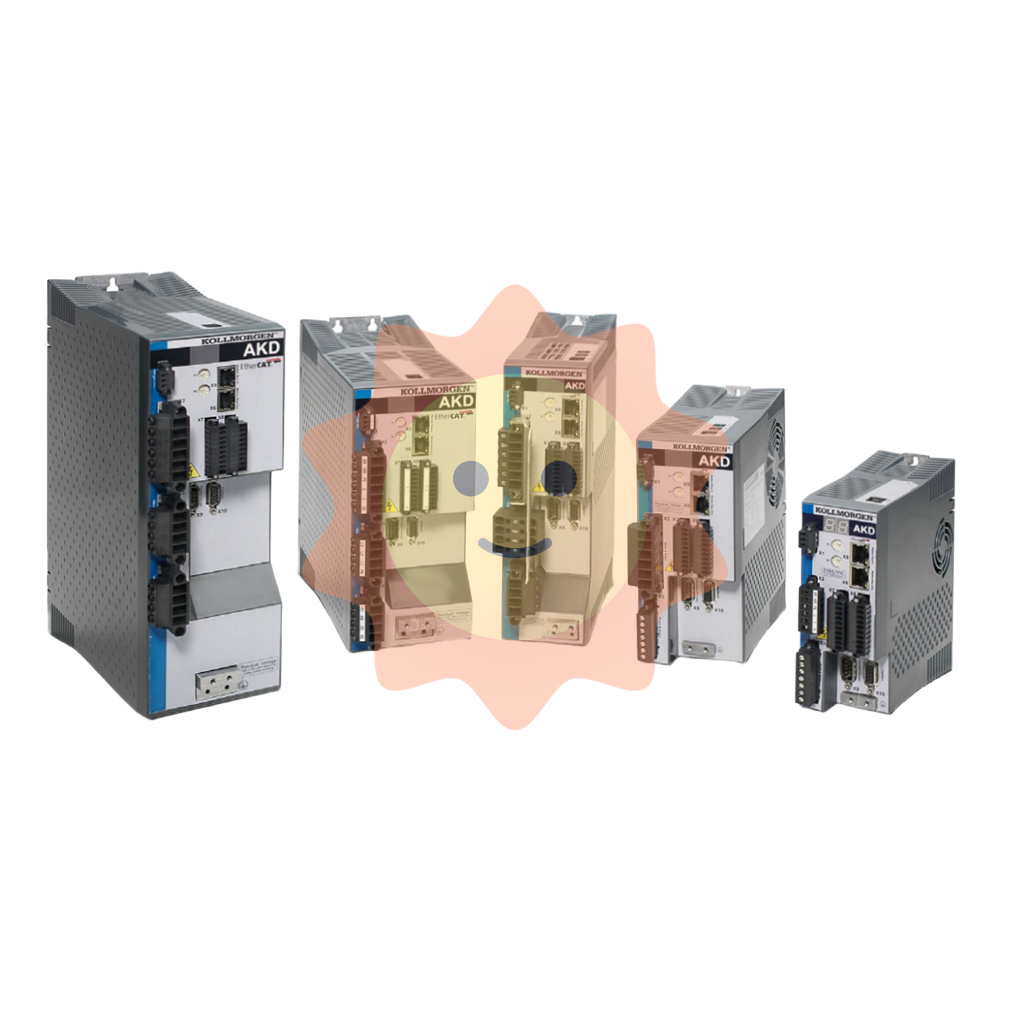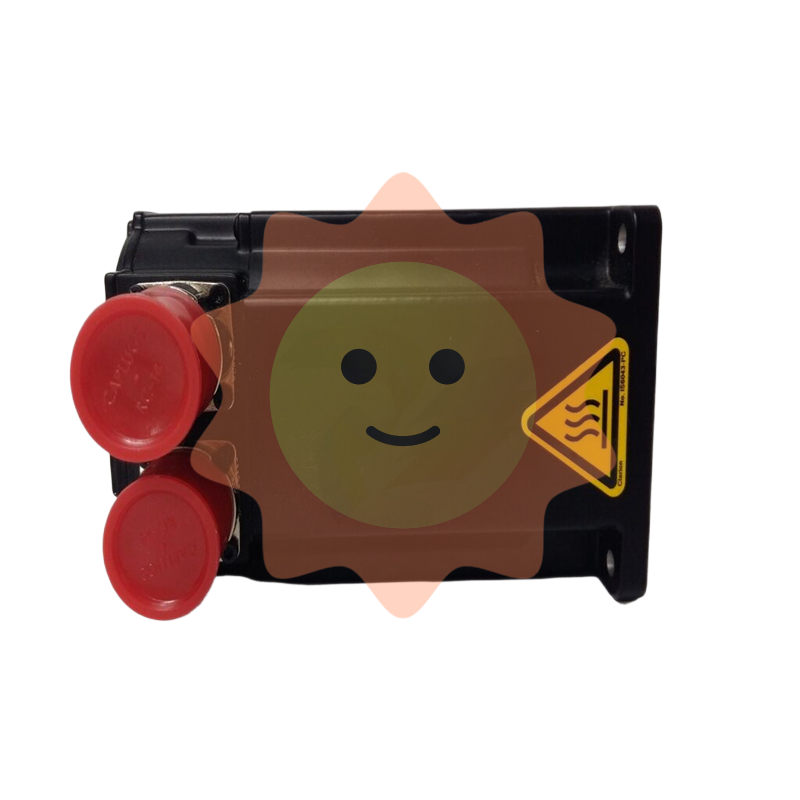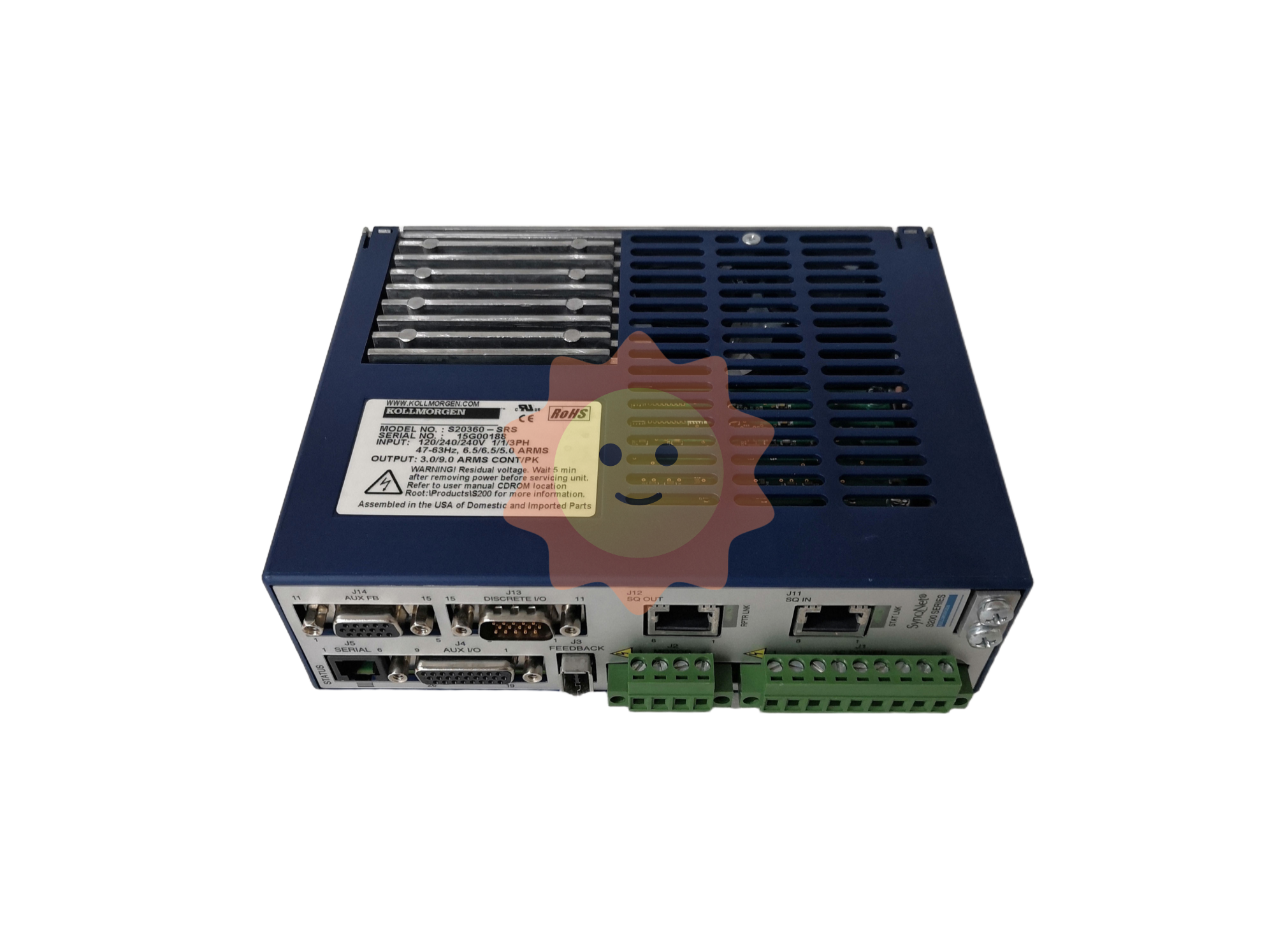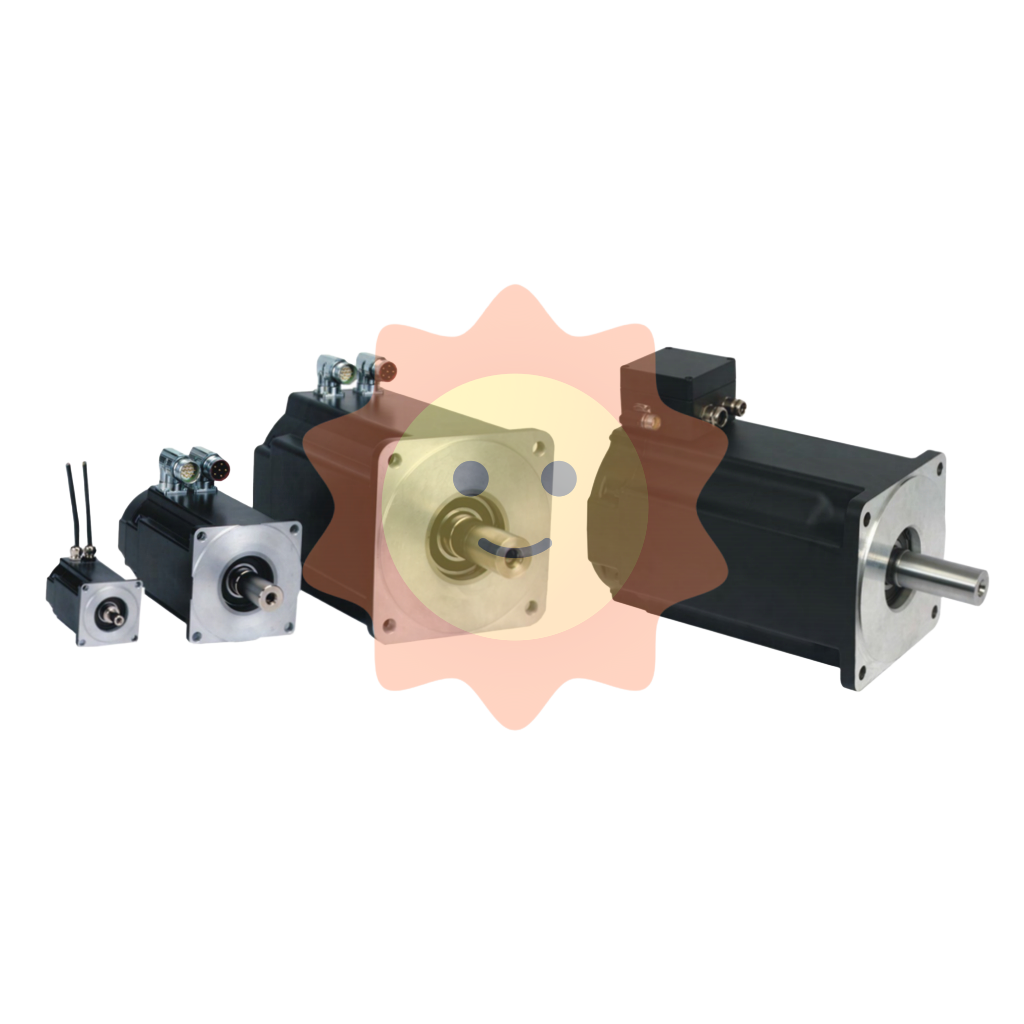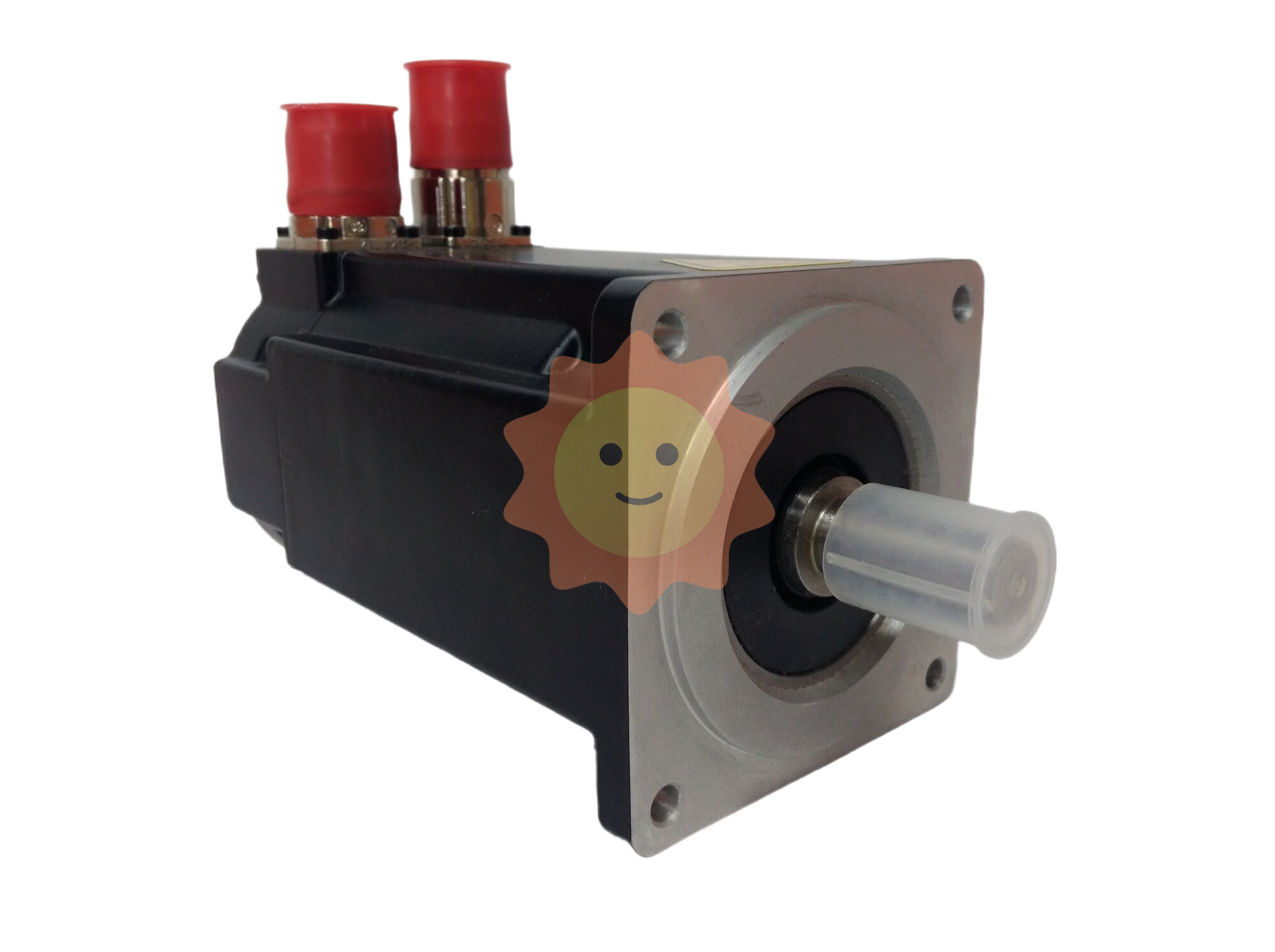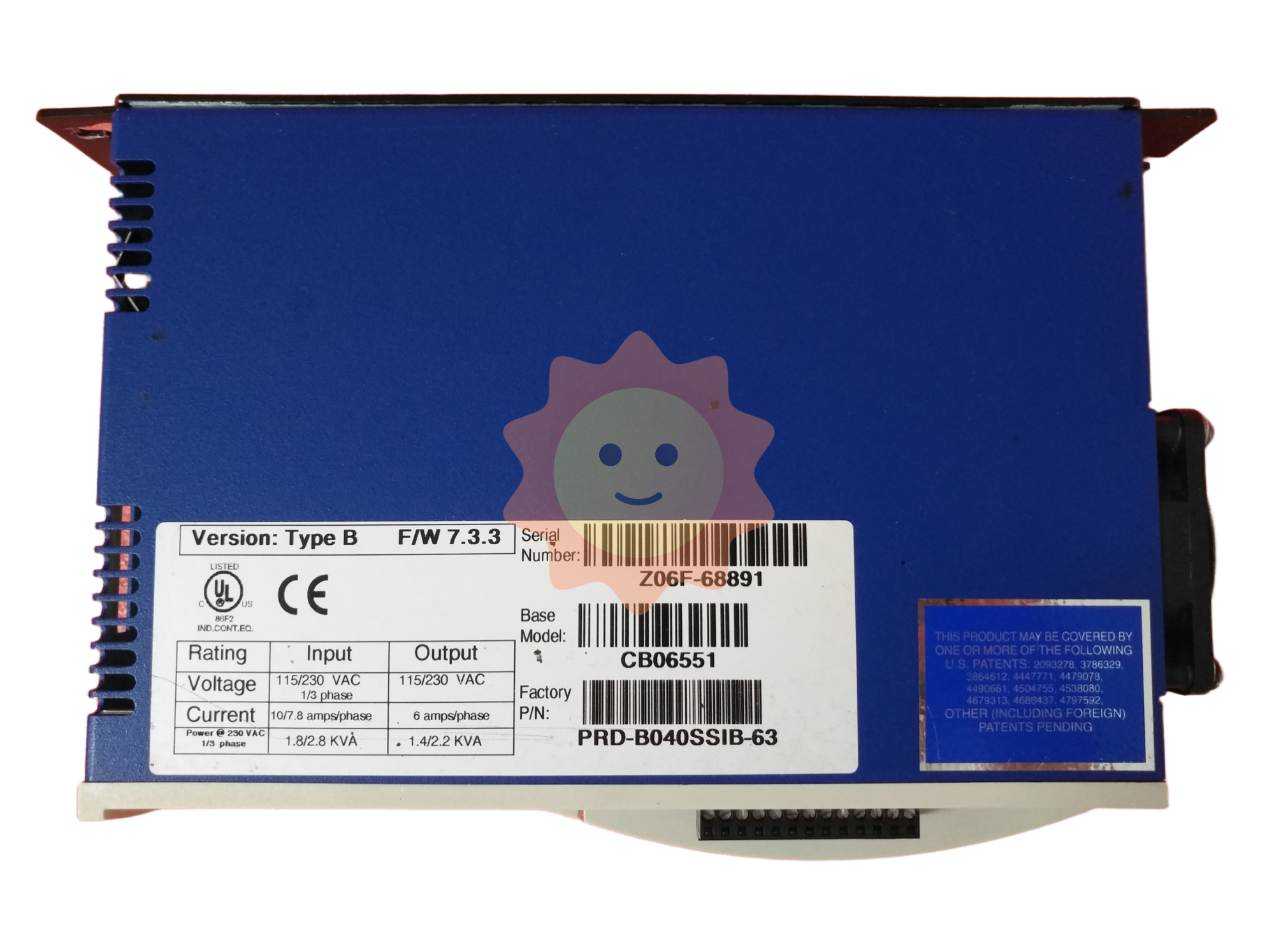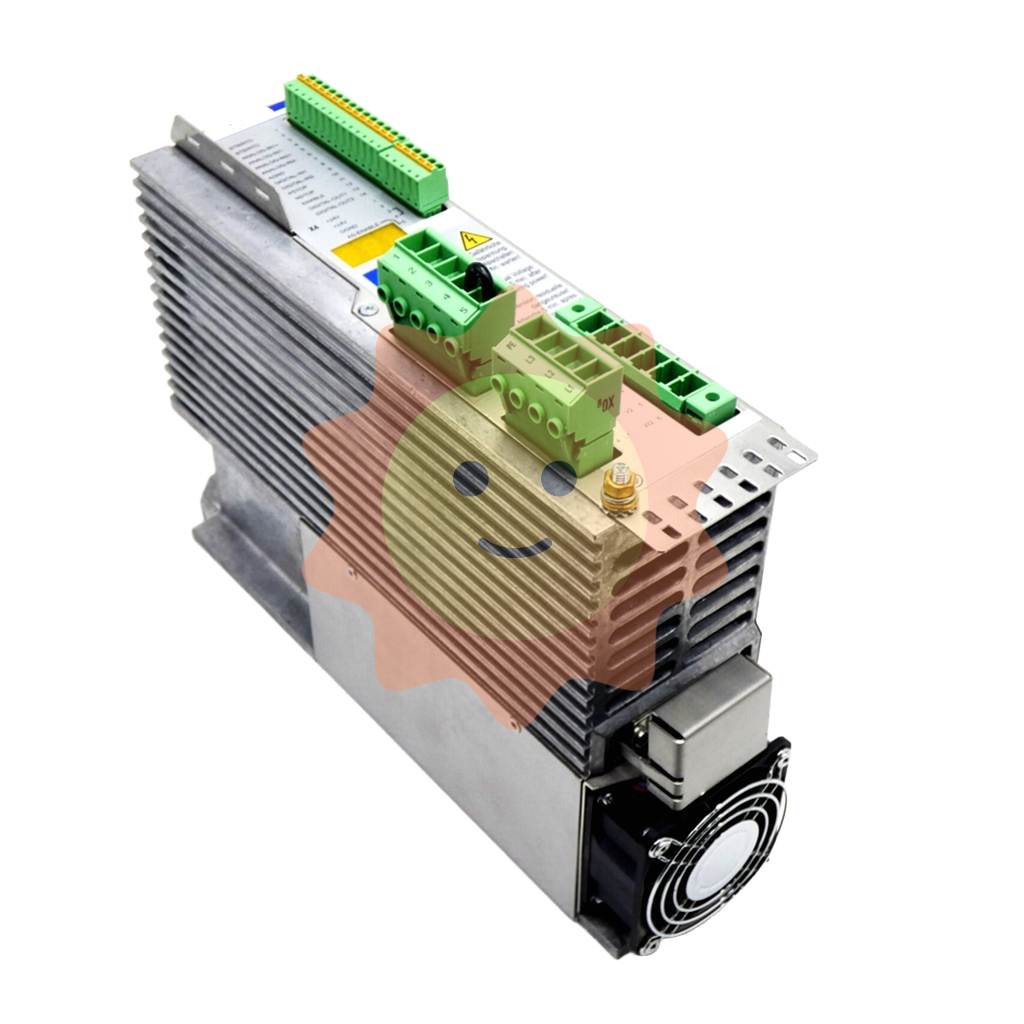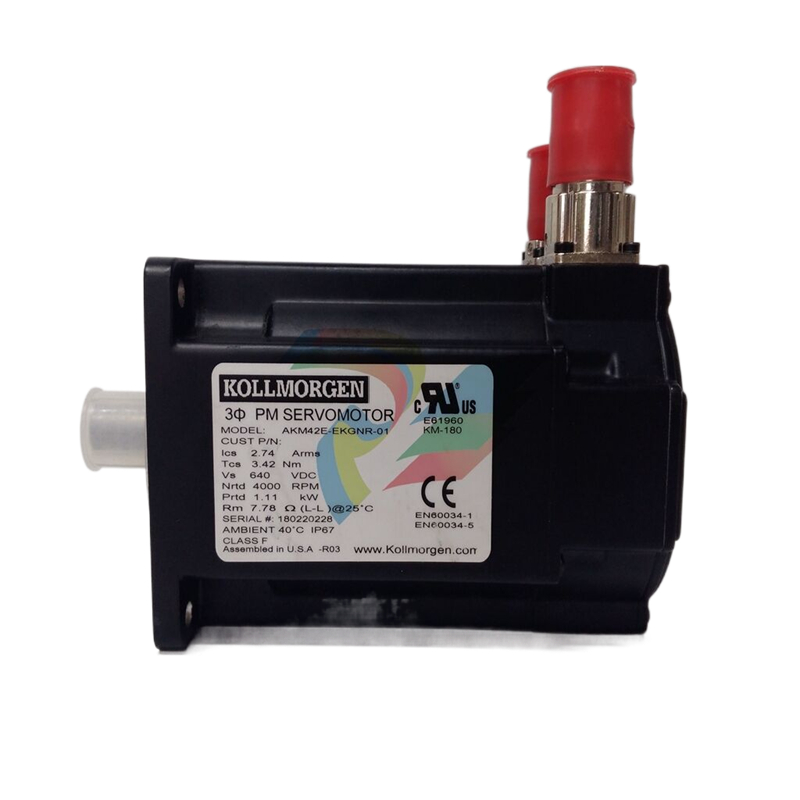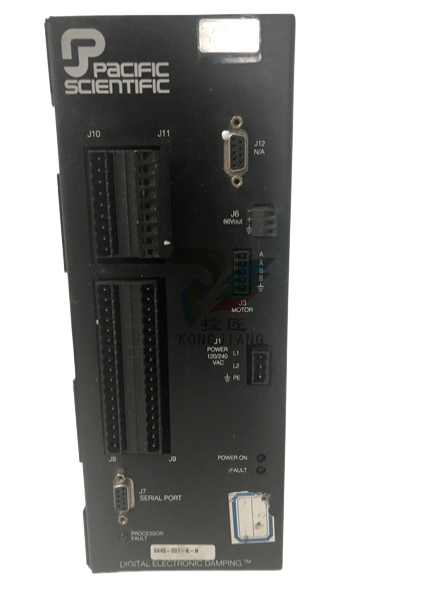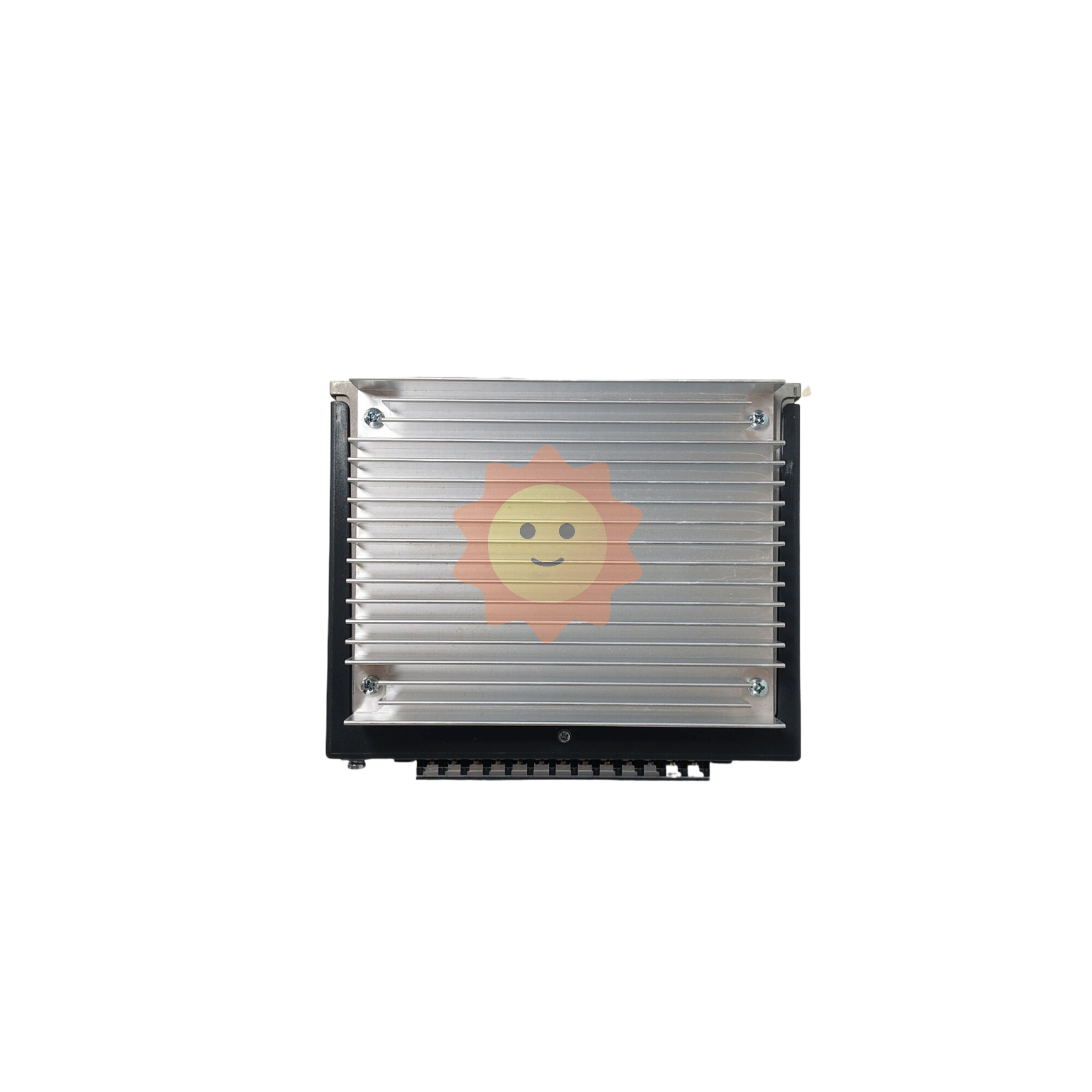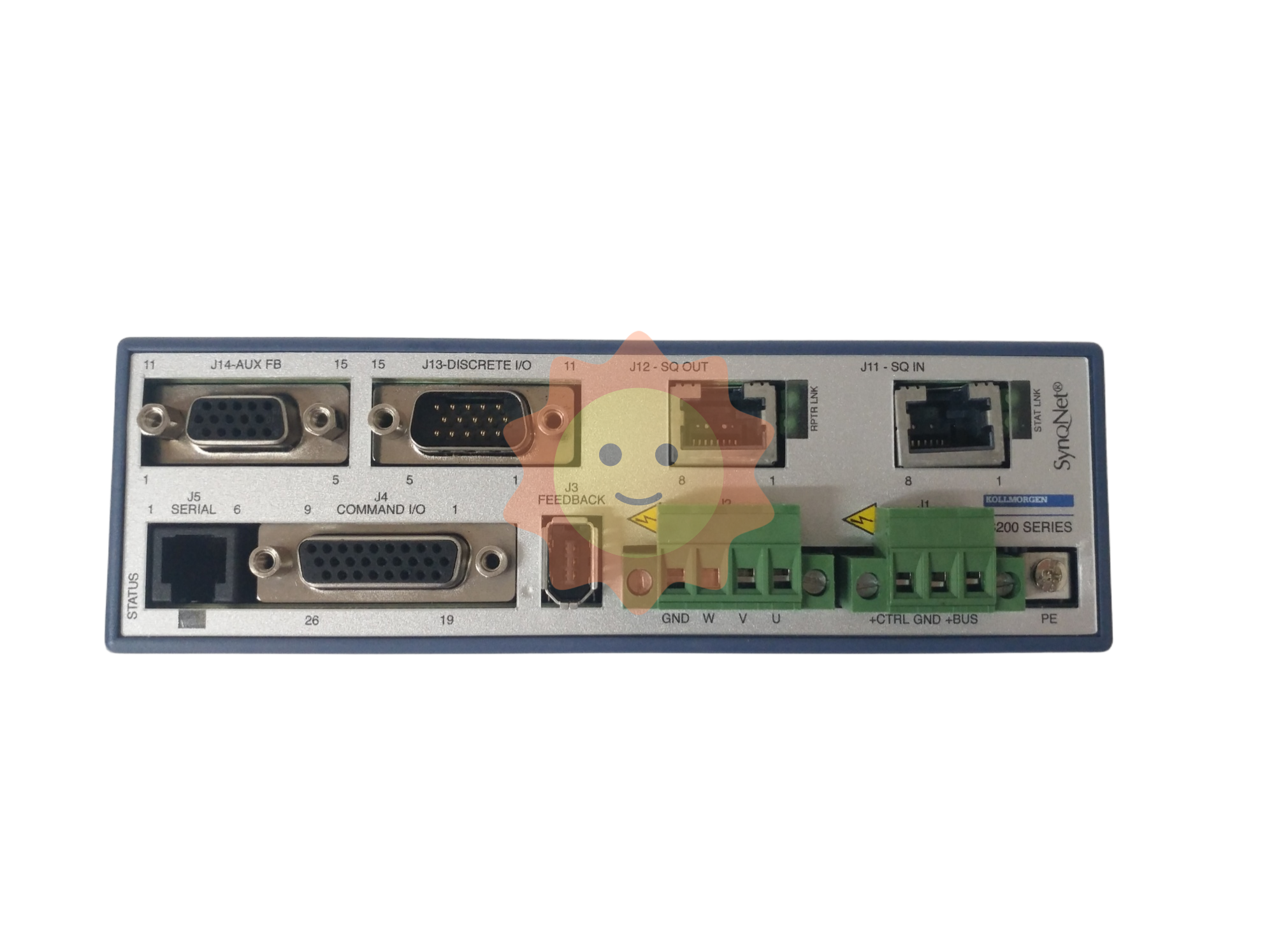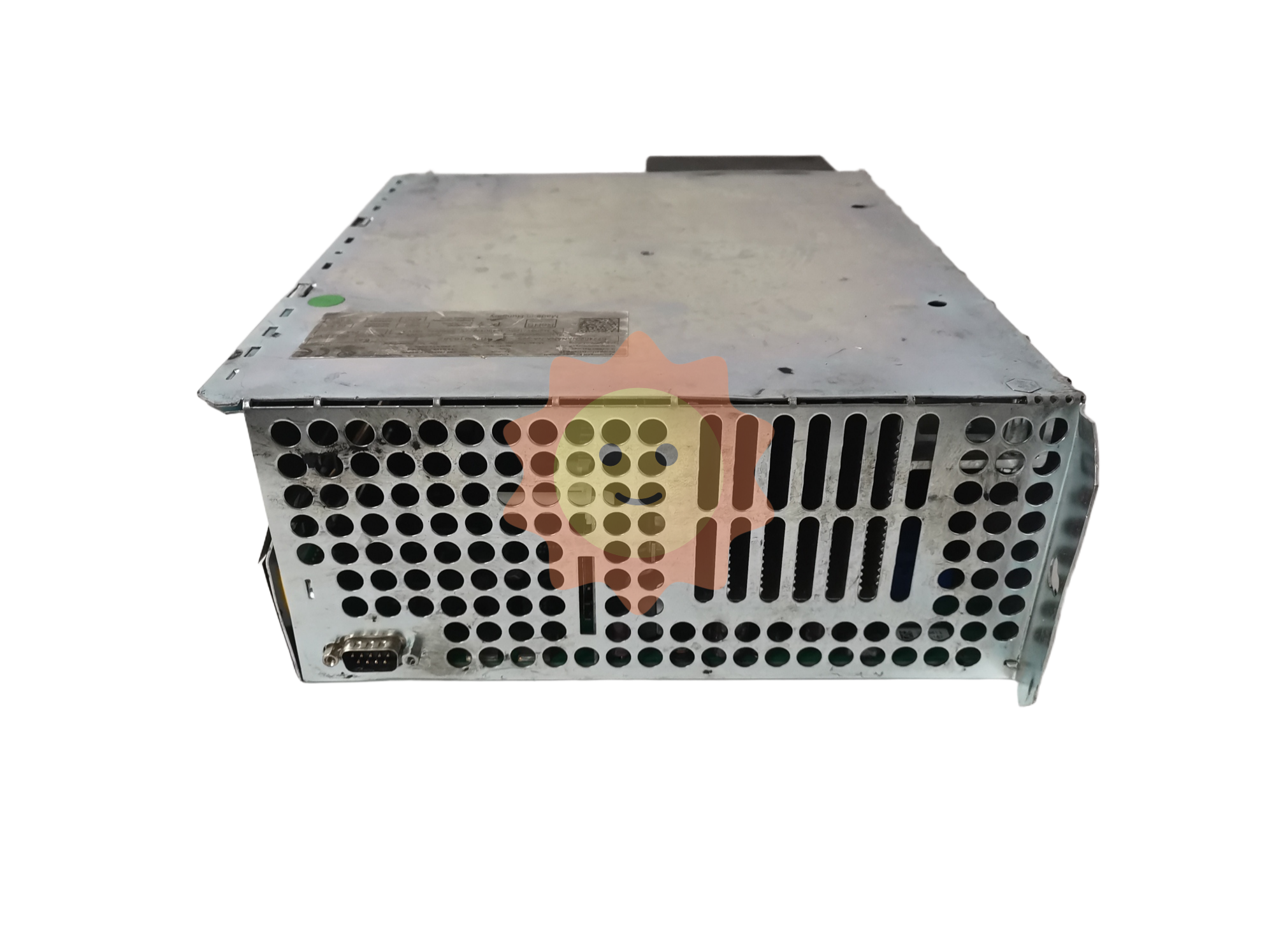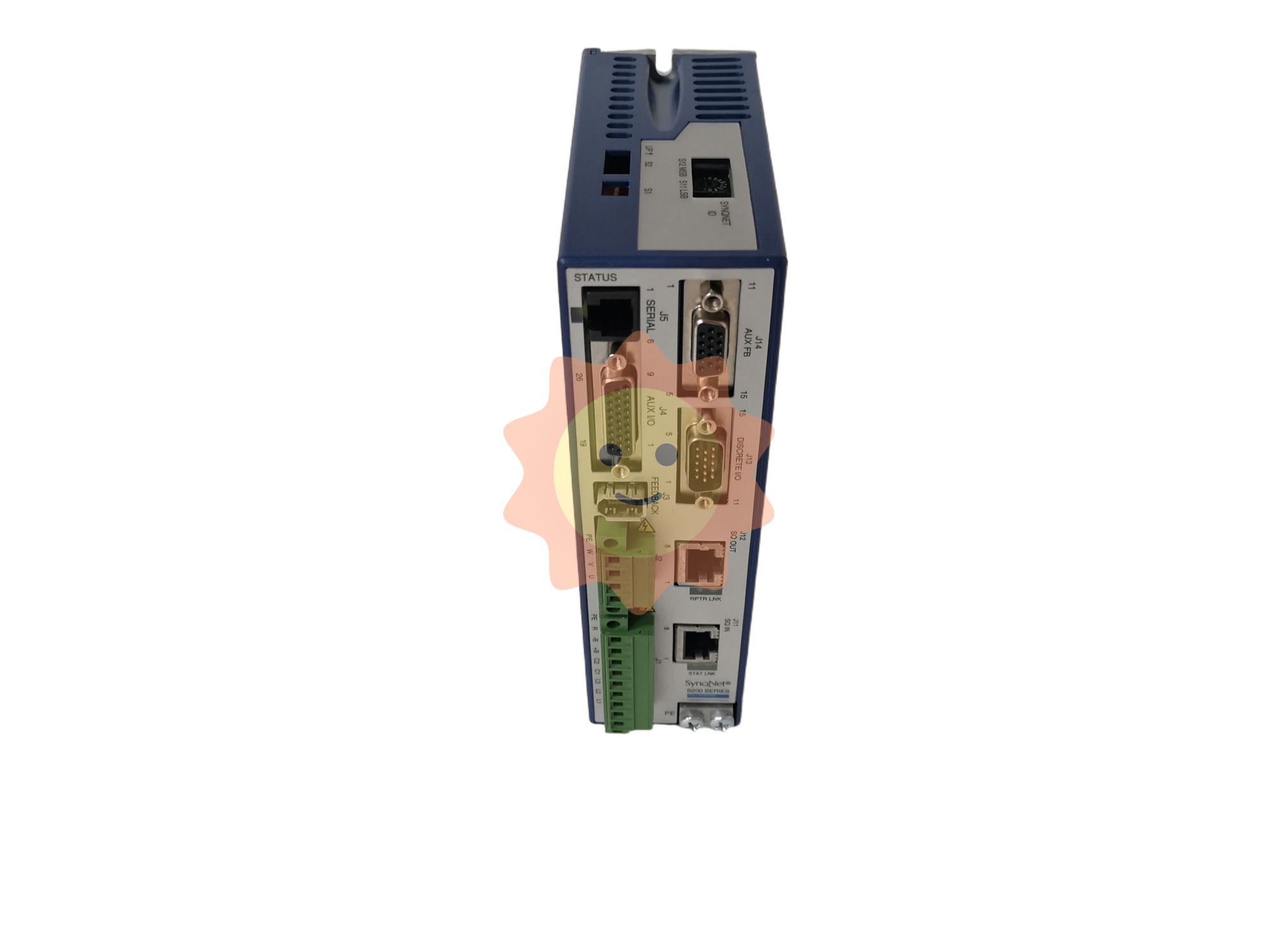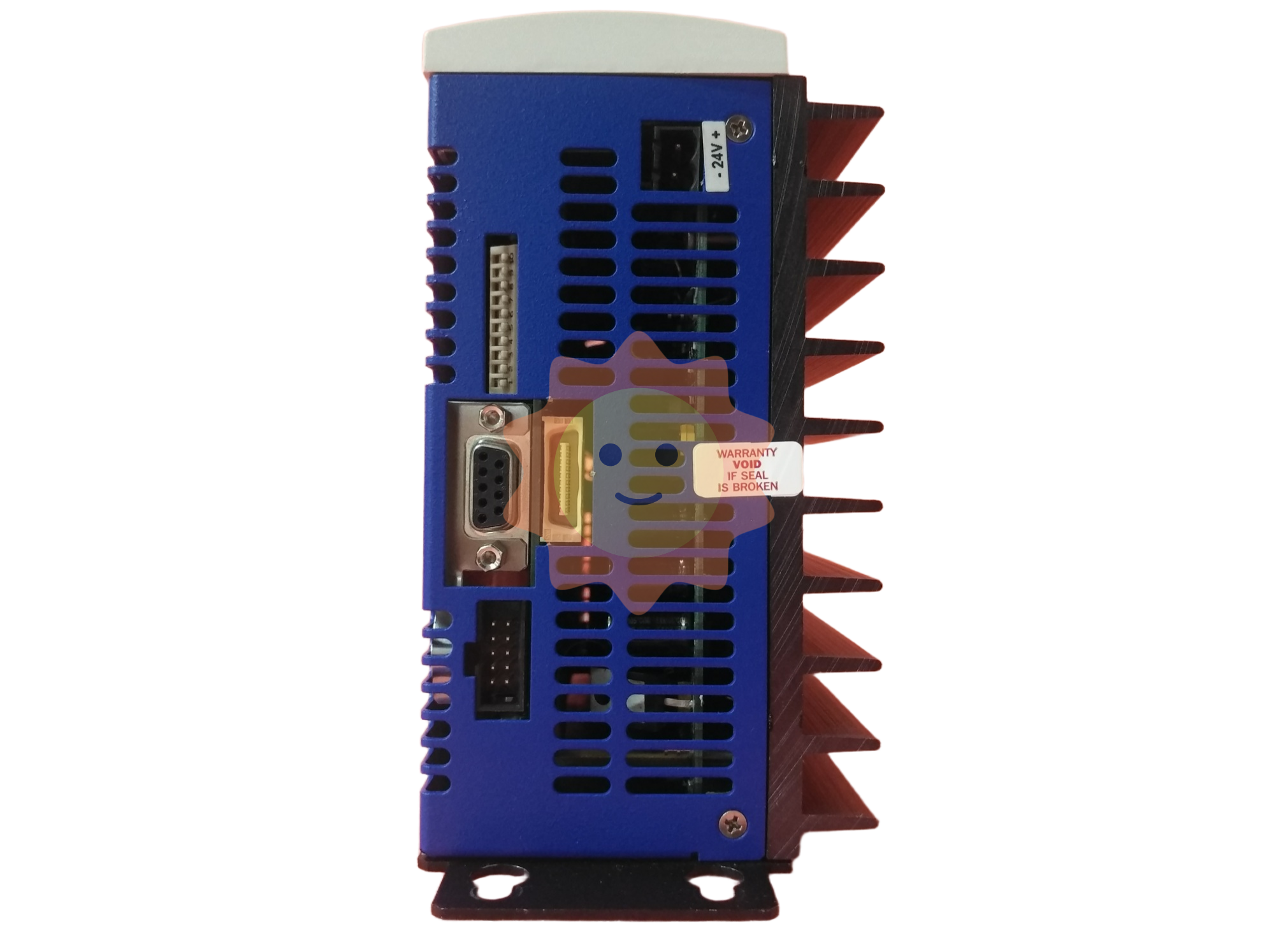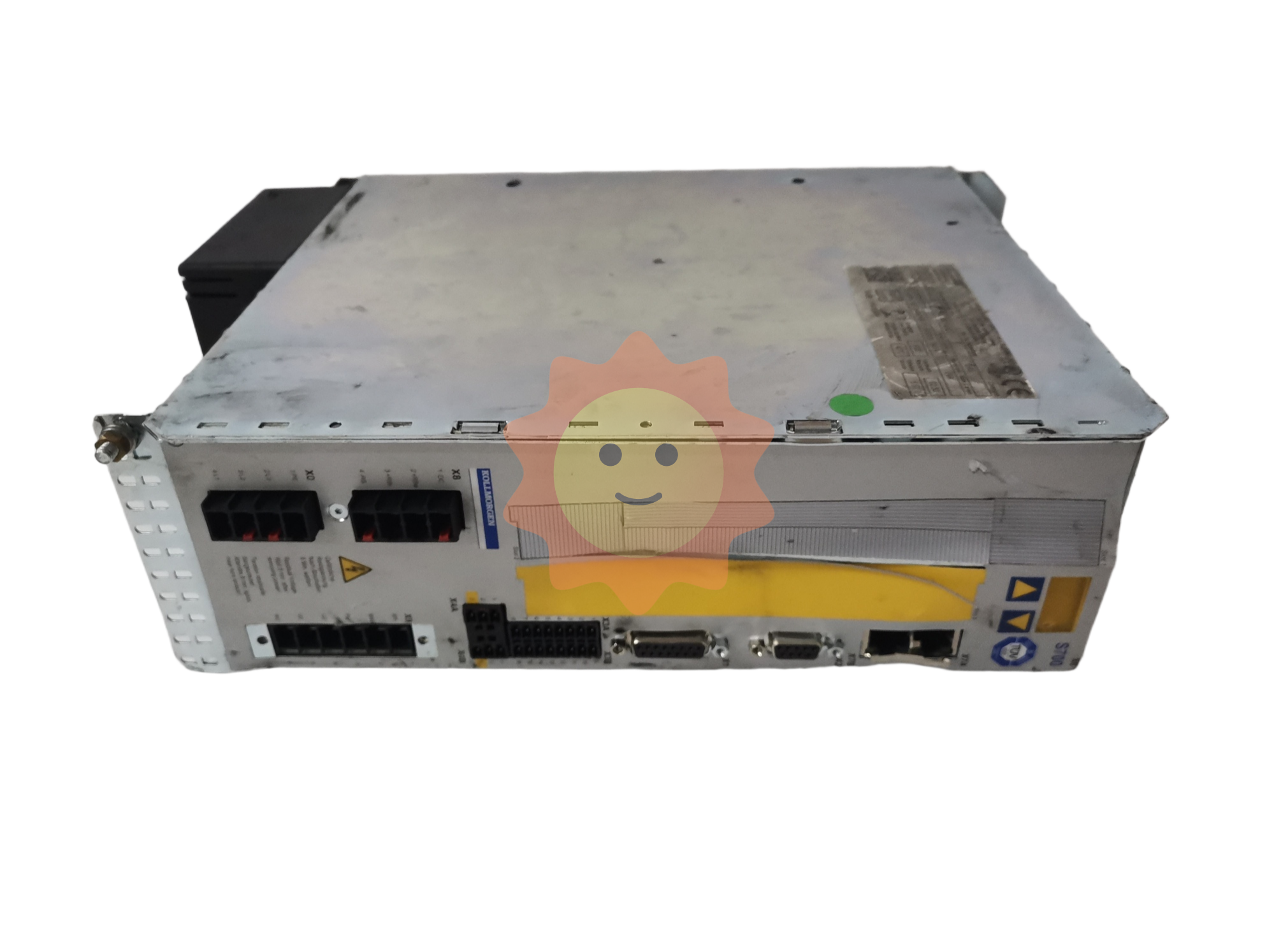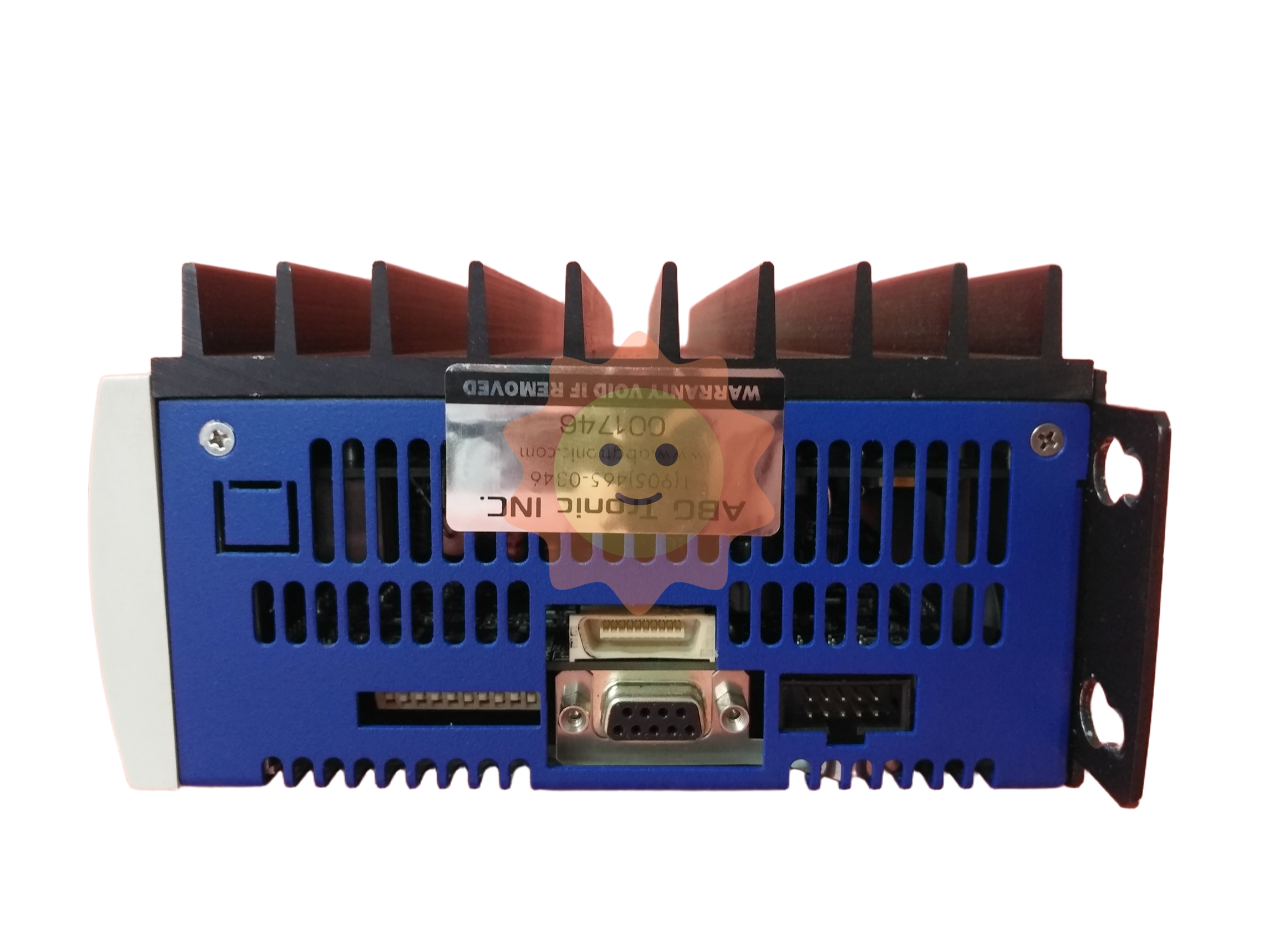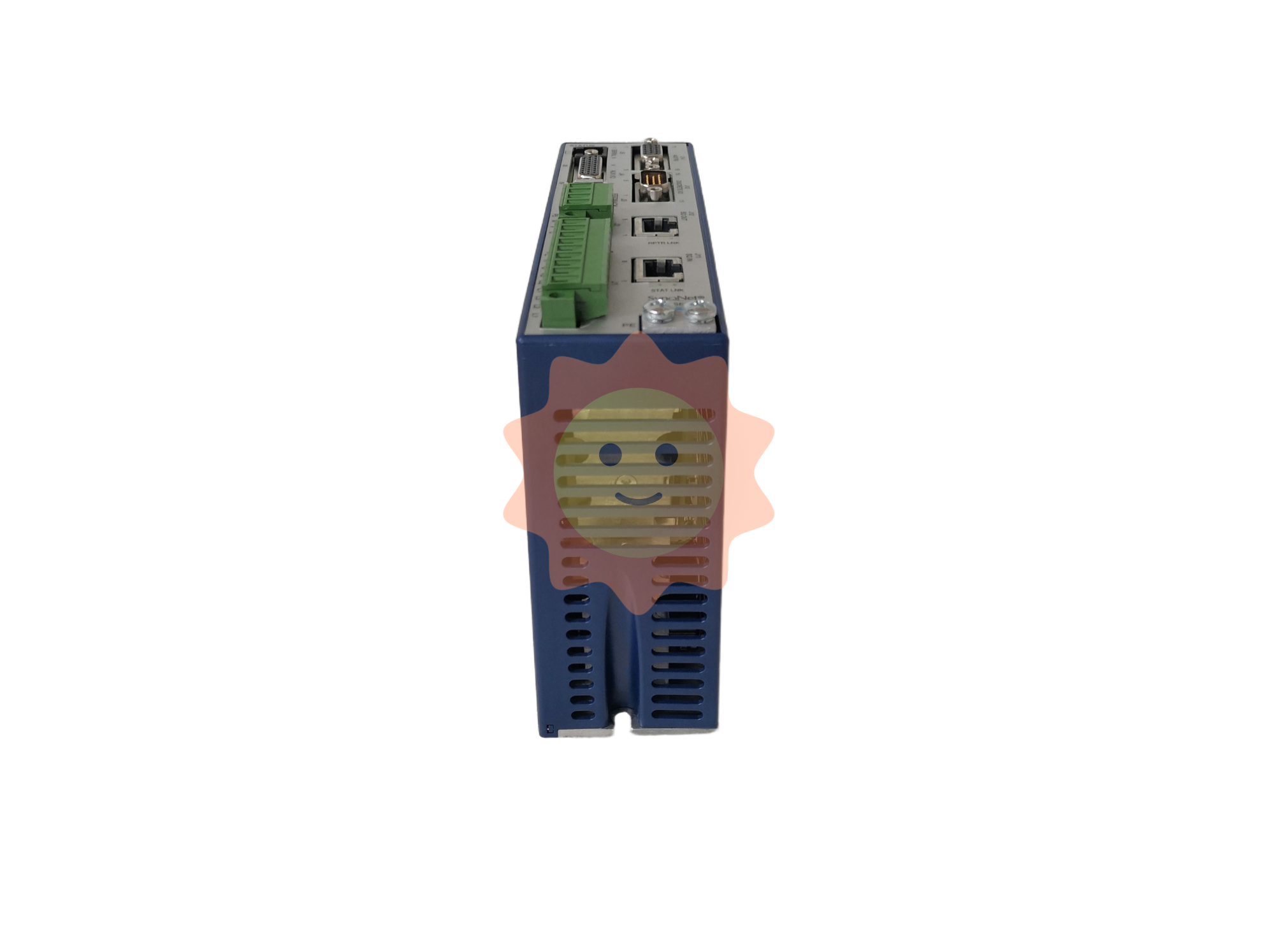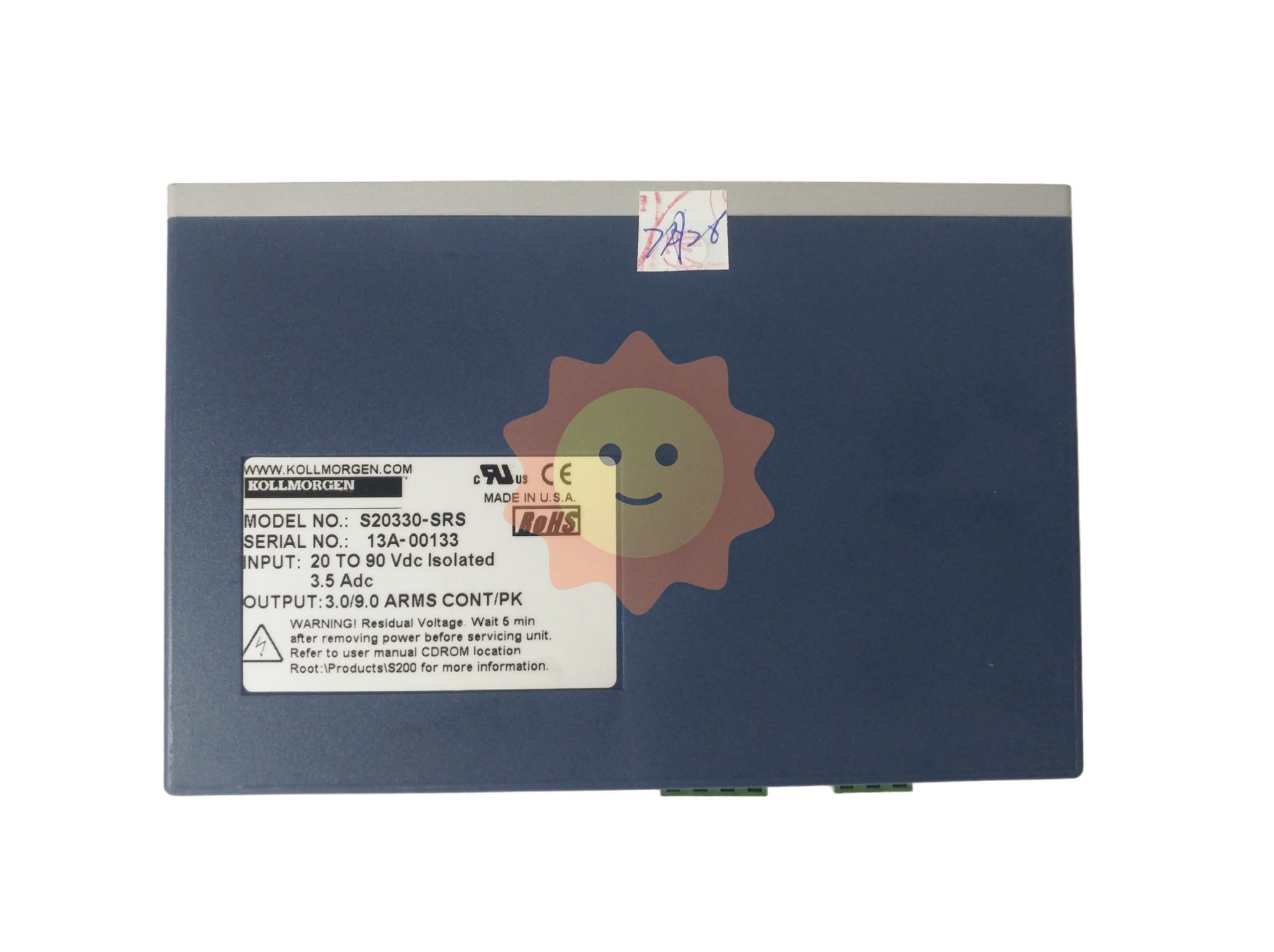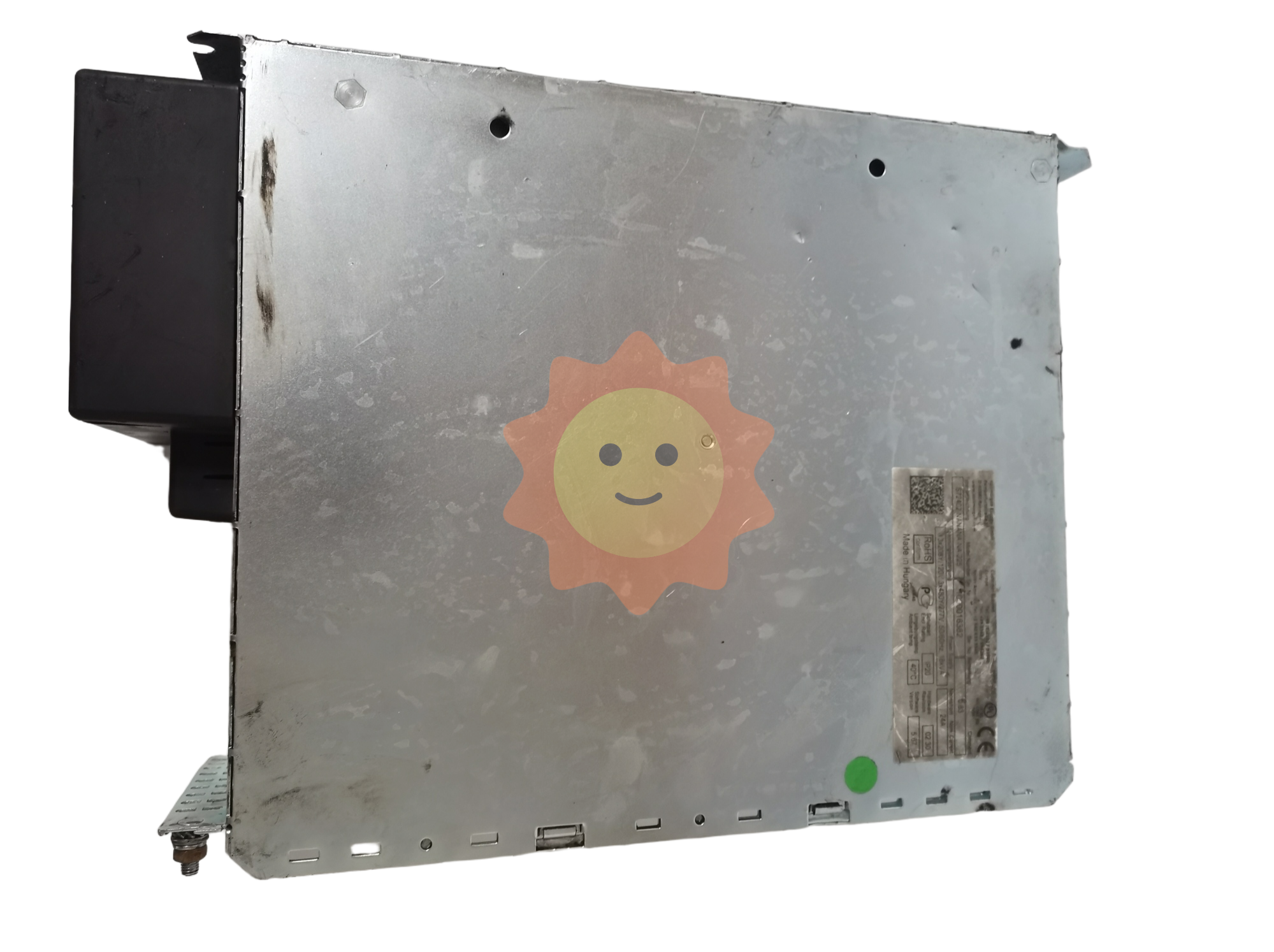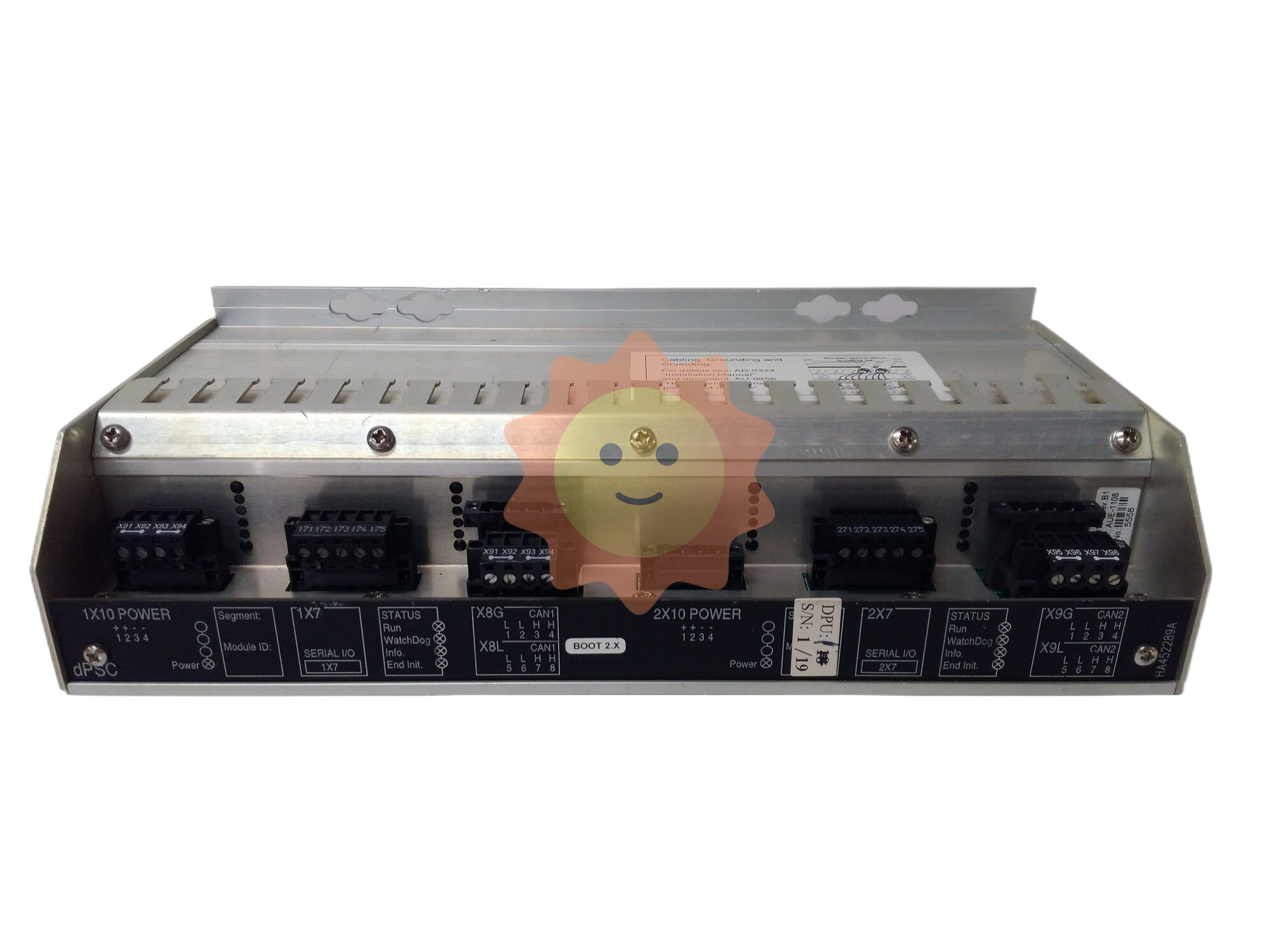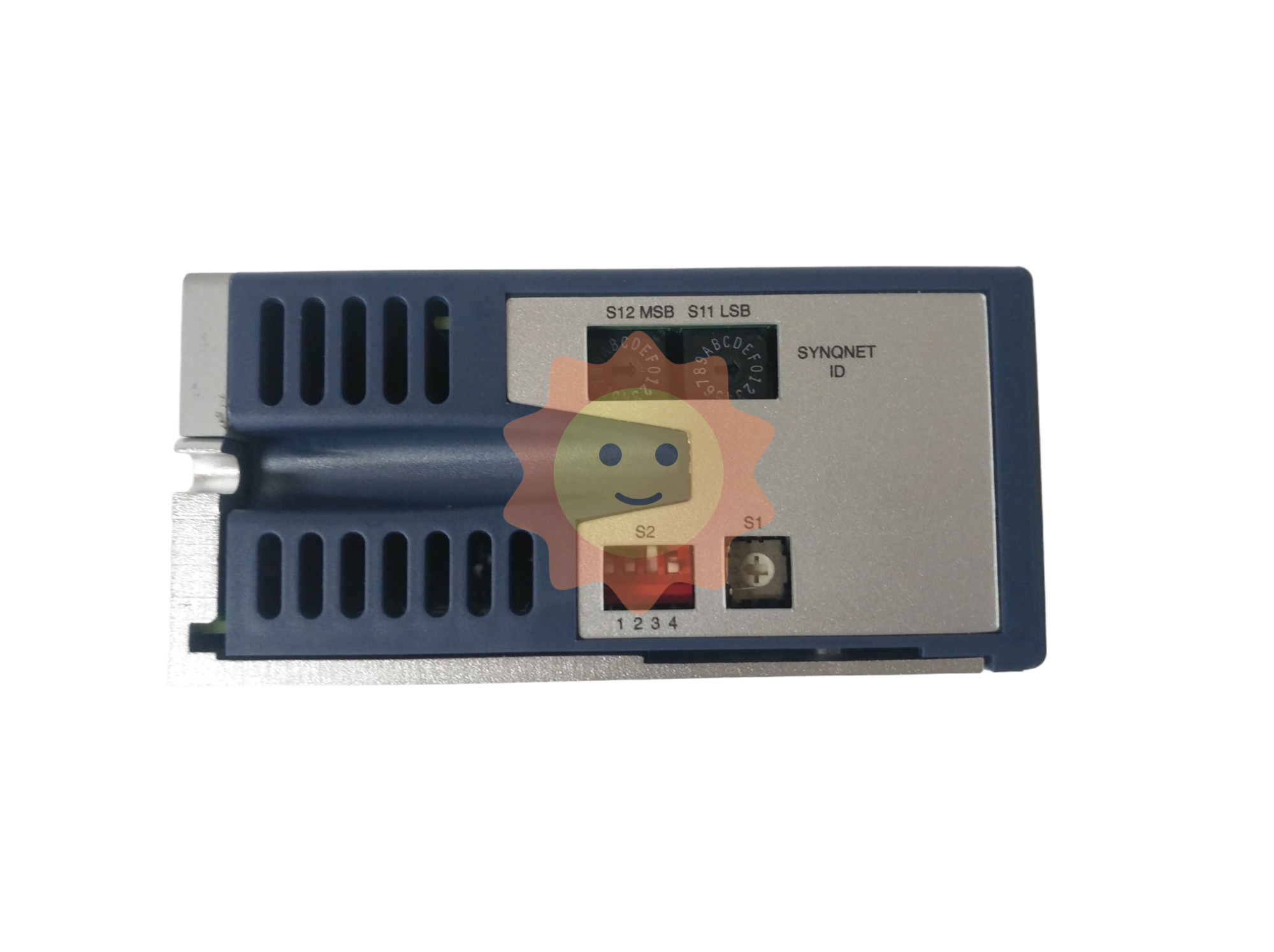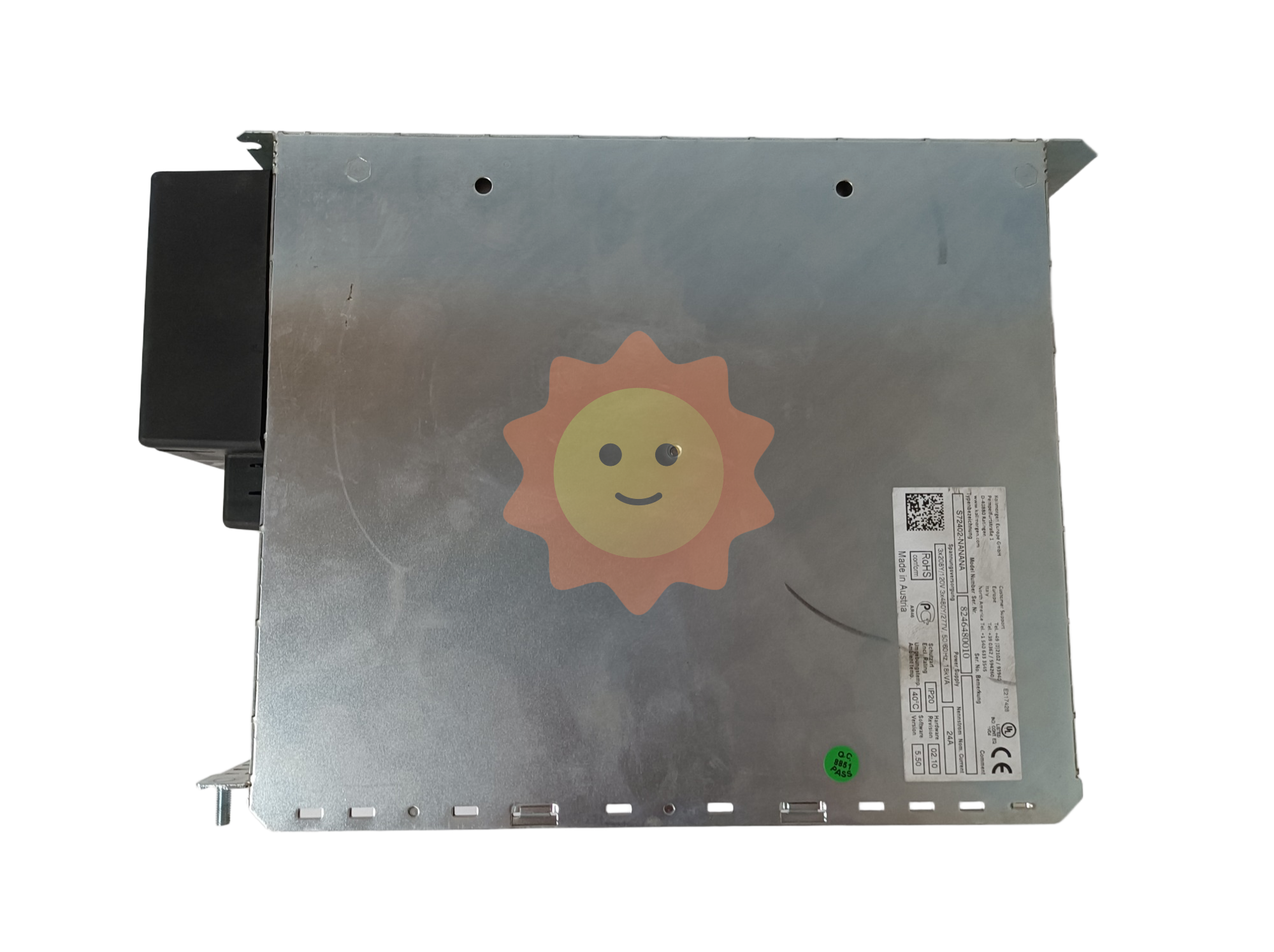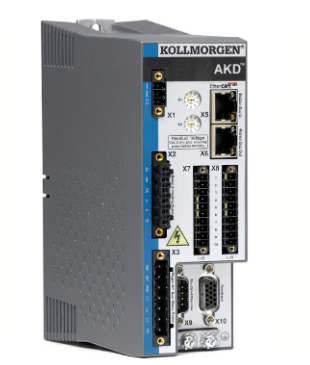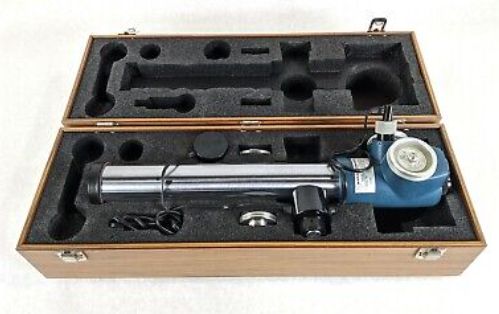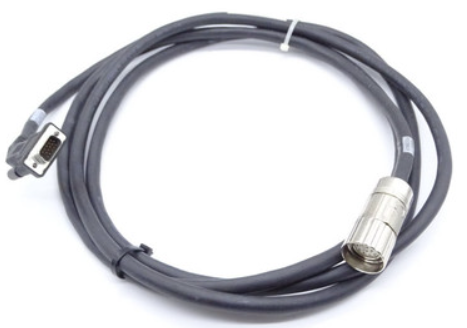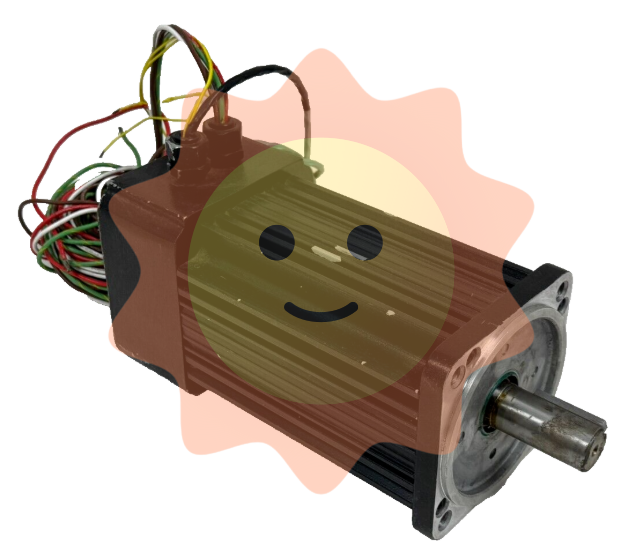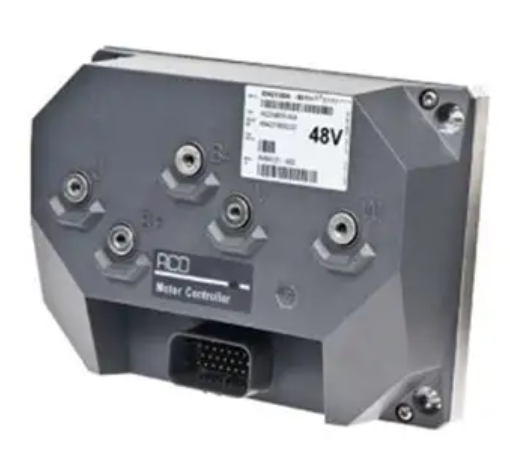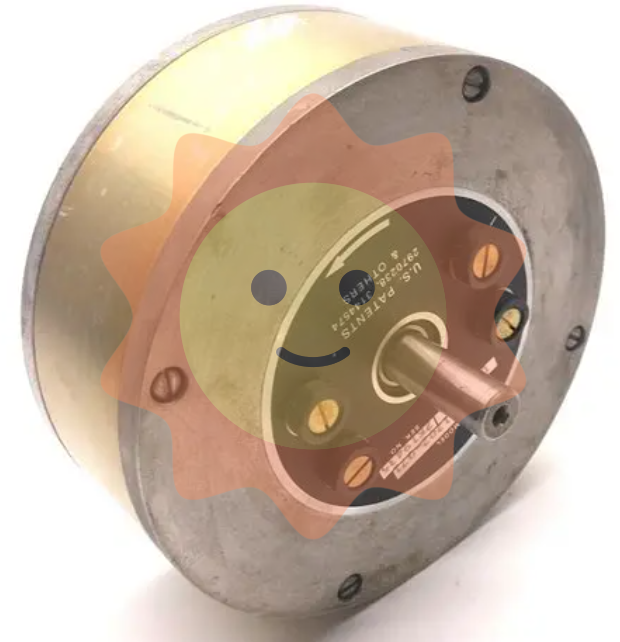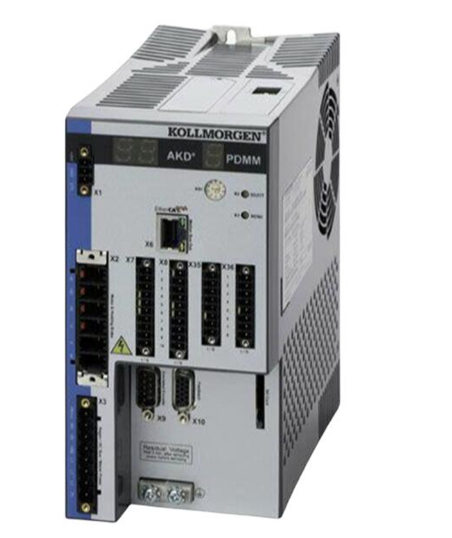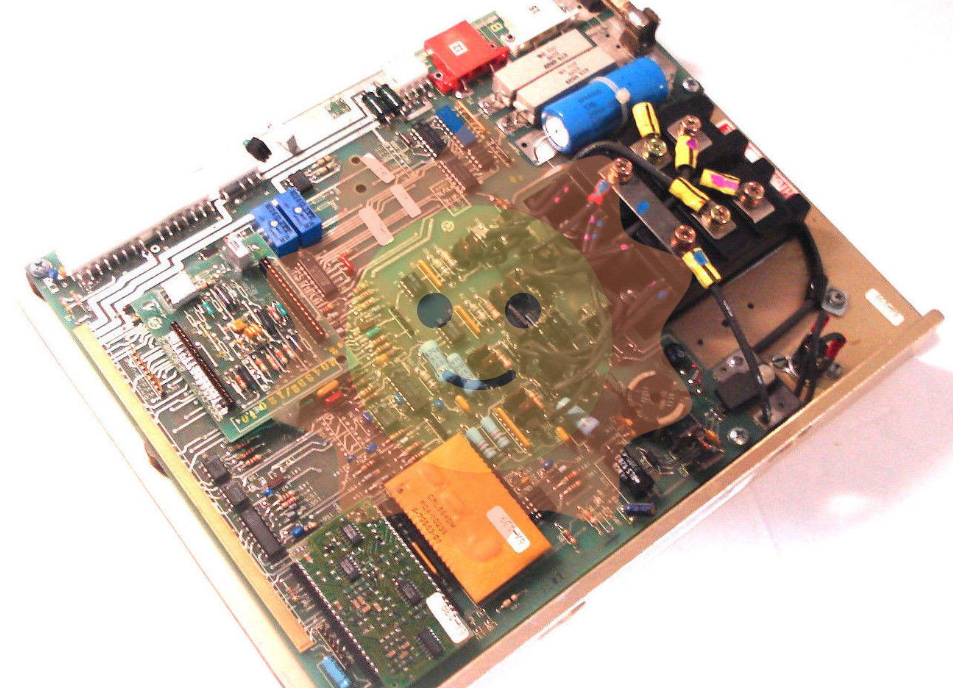Application of membrane technology in chemical wastewater treatment
In general, the dissolution rate of the mixture is directly related to the rate of material entering the membrane and the rate of diffusion to a certain extent. In other words, the closer the chemical properties of the separated substance and the membrane material are, the smaller the difference and the higher the dissolution rate of the substance. The speed is fast, and the diffusion rate of the substance in the mixture is not only related to the chemical properties of the substance, but also directly related to the molecular weight of the substance, that is, the greater the molecular weight, the faster the diffusion rate of the substance, the shorter the time required to penetrate the membrane. The more efficient.

2. Application status of membrane technology in chemical wastewater treatment
Under the gradient of electric potential, concentration and pressure, the separation, purification and enrichment of mixtures by using the permeability difference of the mixed components in the mixture is the main principle of the application of membrane technology in the treatment of chemical wastewater. Membrane technology has been widely used in the production of chemical companies since the early 1960s. After more than ten years of continuous practice and improvement, the application of membrane separation technology in sewage treatment has gradually matured, and is reflected in many aspects of separation, concentration, purification, purification and so on. It has the characteristics of high efficiency, scientific, effective and targeted, and has shown strong treatment advantages in various chemical wastewater treatment. In recent years, with the continuous acceleration of the industrialization process, the application of membrane separation technology is also developing. If only one membrane technology is used, not only can not effectively solve the current sewage problem, but also may lead to "membrane pollution". Problems arise, so the combined application of different membrane technologies and the utilization of the advantages of various membrane technologies are important development directions of current chemical industry production.
3. Analysis of application methods of membrane technology in chemical wastewater treatment
With the continuous progress of science and technology in China, in order to effectively improve the separation quality and efficiency of membrane technology, the innovation of chemical wastewater treatment technology has become the core content of current chemical researchers. After more than ten years of scientific practice and exploration, the combination of membrane technology, reverse osmosis technology, microfiltration membrane technology, ultrafiltration membrane technology and electrodialysis technology can not only effectively make up for the shortcomings of individual technology applications, but also has significant advantages in promoting enterprise development and enhancing national core competitiveness. The advantages, and from the current point of view, the specific applications of this technology are as follows.
3.1 Nanofiltration membrane technology
In the application process of ultrafiltration membrane technology and reverse osmosis membrane technology, although they can effectively complete the treatment of chemical wastewater to a certain extent, they also have certain defects. The application of nanofiltration membrane technology is to make up for the defects in the application of the above two technologies. Nanofiltration membrane method has good separation performance and low operating pressure, and is suitable for resource treatment of chemical wastewater. That is, in the application process, the advanced treatment of chemical wastewater can be effectively achieved, and the standard of process wastewater can be reached, so as to achieve the treatment of wastewater. Reuse.

3.2 Reverse osmosis technology
In the application process of reverse osmosis technology, its technical application principle is mainly based on water as a solvent and selective penetration to achieve mechanical interception of ions or small molecules in chemical wastewater, so as to achieve the purpose of separation and purification. In the separation of the liquid mixture, the static pressure present on both sides of the membrane is used as the main driving force to complete the process of membrane separation. Compared with the traditional technology, the technology is mainly carried out in three steps, namely osmosis, reverse osmosis and osmosis balance. Take "salt water and pure water" for example. For the infiltration process, usually, pure water will penetrate in the direction of salt water. At this time, in the process of continuous penetration, the concentration of the brine will gradually decrease. In terms of penetration, it mainly refers to the process of continuous penetration of pure water into salt water, and after the concentration of pure water is higher than the concentration of water, the concentration of salt water will continue to decline until it reaches a certain point. Salt water, salt water it will permeate in the opposite direction of pure water. For osmotic equilibrium, it is mainly the process of separating purified water and salt water with a semi-permeable membrane so that the concentrations on both sides are equal.
- EMERSON
- Honeywell
- CTI
- Rolls-Royce
- General Electric
- Woodward
- Yaskawa
- xYCOM
- Motorola
- Siemens
- Rockwell
- ABB
- B&R
- HIMA
- Construction site
- electricity
- Automobile market
- PLC
- DCS
- Motor drivers
- VSD
- Implications
- cement
- CO2
- CEM
- methane
- Artificial intelligence
- Titanic
- Solar energy
- Hydrogen fuel cell
- Hydrogen and fuel cells
- Hydrogen and oxygen fuel cells
- tyre
- Chemical fiber
- dynamo
- corpuscle
- Pulp and paper
- printing
- fossil
- FANUC
- Food and beverage
- Life science
- Sewage treatment
- Personal care
- electricity
- boats
- infrastructure
- Automobile industry
- metallurgy
- Nuclear power generation
- Geothermal power generation
- Water and wastewater
- Infrastructure construction
- Mine hazard
- steel
- papermaking
- Natural gas industry
- Infrastructure construction
- Power and energy
- Rubber and plastic
- Renewable energy
- pharmacy
- mining
- Plastic industry
- Schneider
- Kongsberg
- NI
- Wind energy
- International petroleum
- International new energy network
- gas
- WATLOW
- ProSoft
- SEW
- wind
- ADVANCED
- Reliance
- YOKOGAWA
- TRICONEX
- FOXBORO
- METSO
- MAN
- Advantest
- ADVANCED
- ALSTOM
- Control Wave
- AB
- AMAT
- STUDER
- KONGSBERG
- MOTOROLA
- DANAHER MOTION
- Bently
- Galil
- EATON
- MOLEX
- Triconex
- DEIF
- B&W
- ZYGO
- Aerotech
- DANFOSS
- KOLLMORGEN
- Beijer
- Endress+Hauser
- MOOG
- KB


Email:wang@kongjiangauto.com


